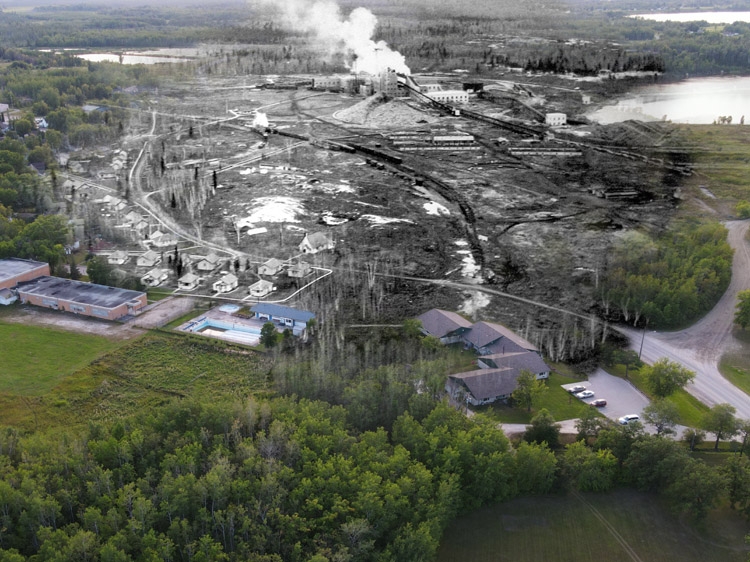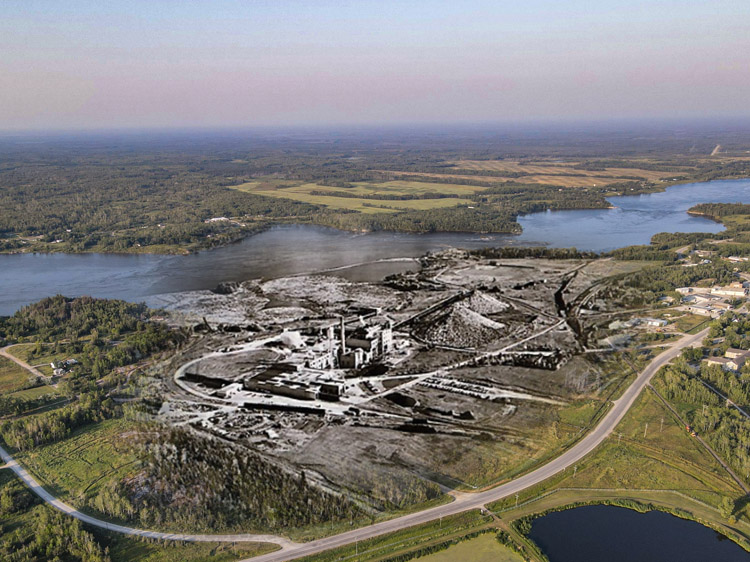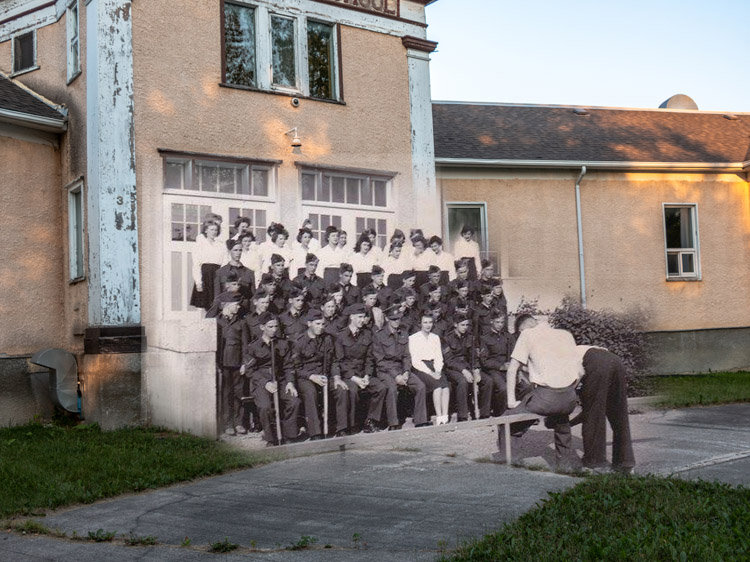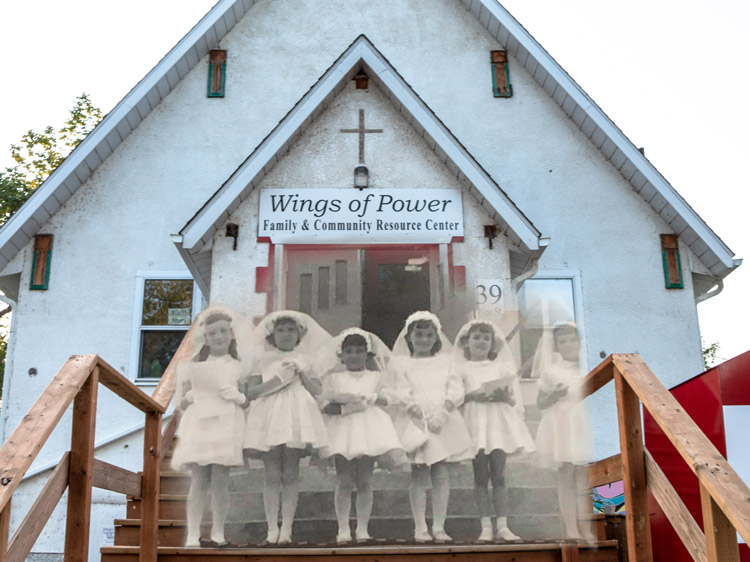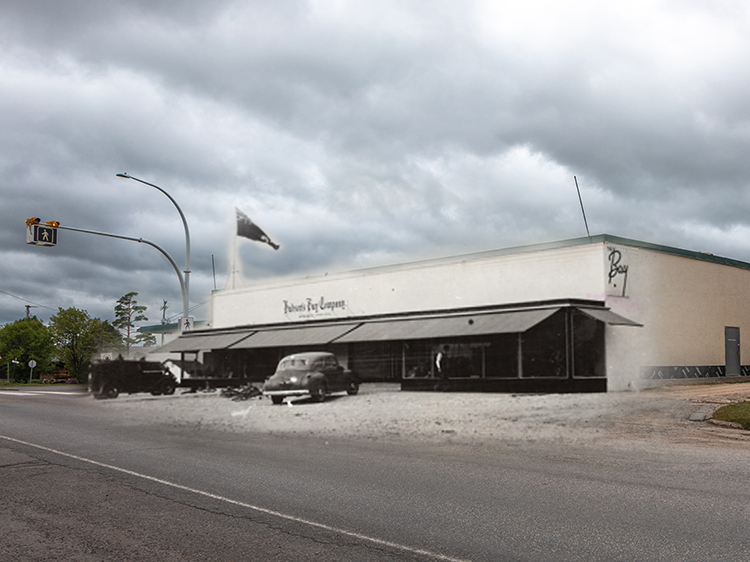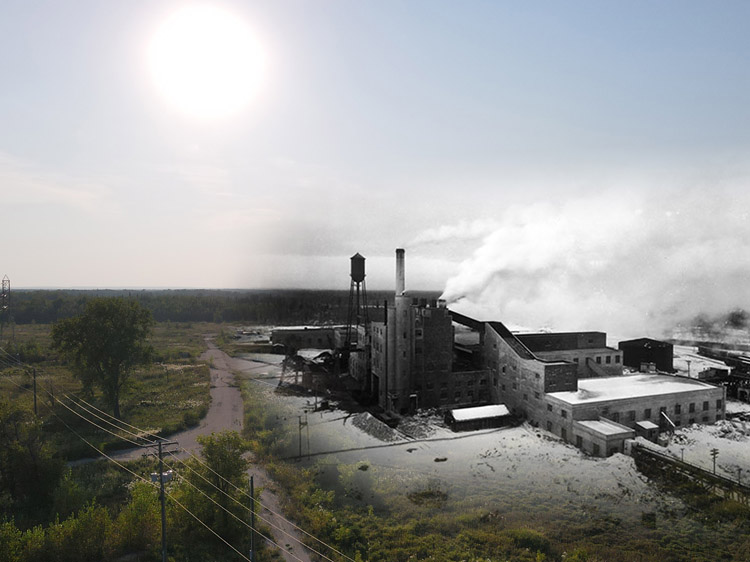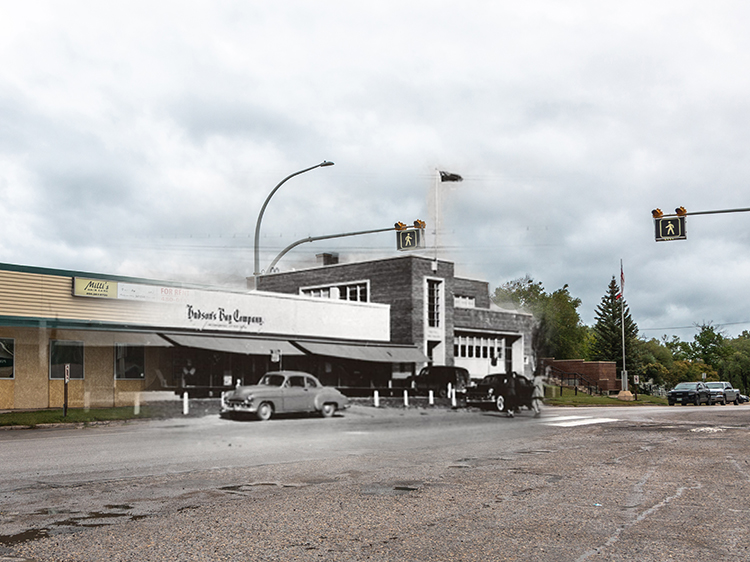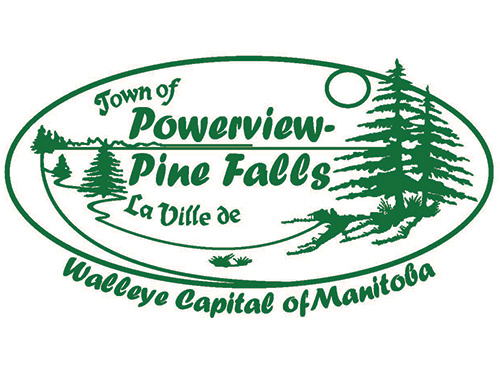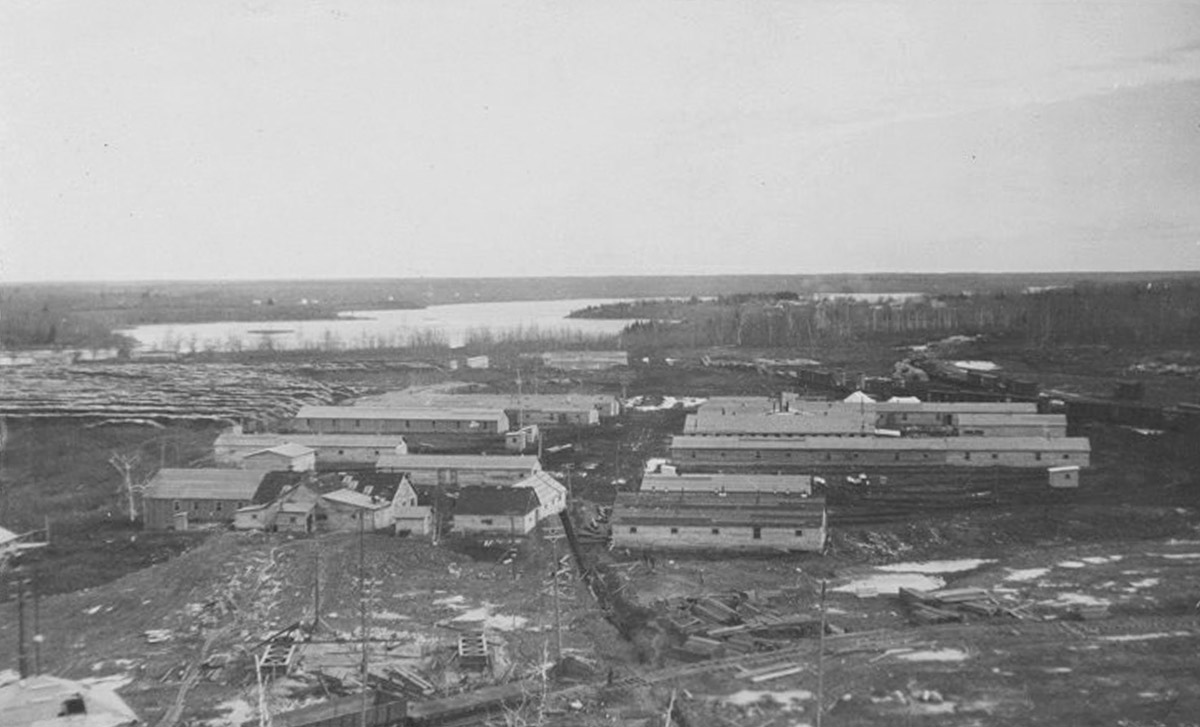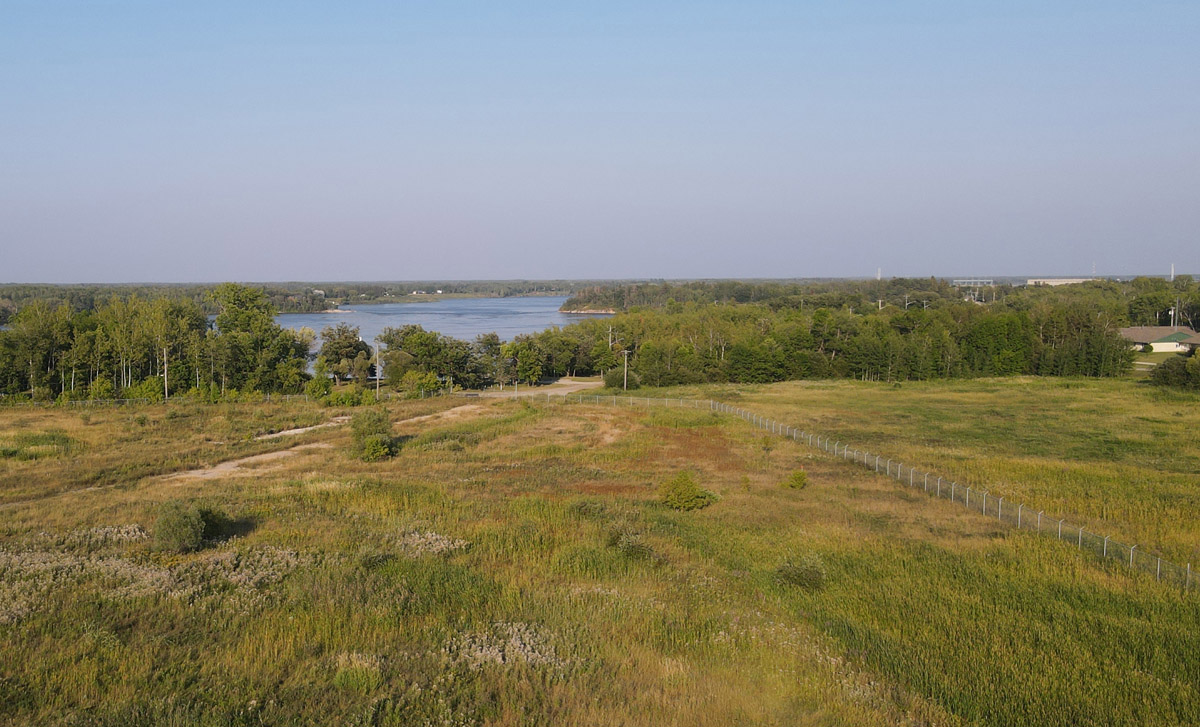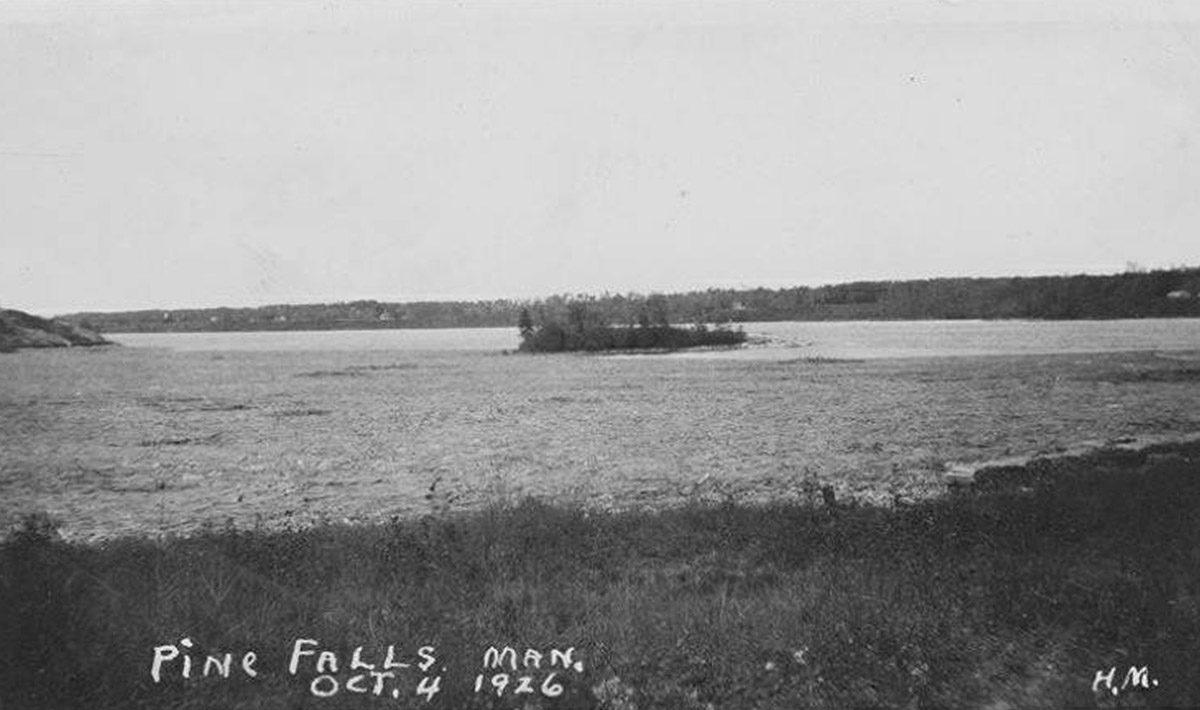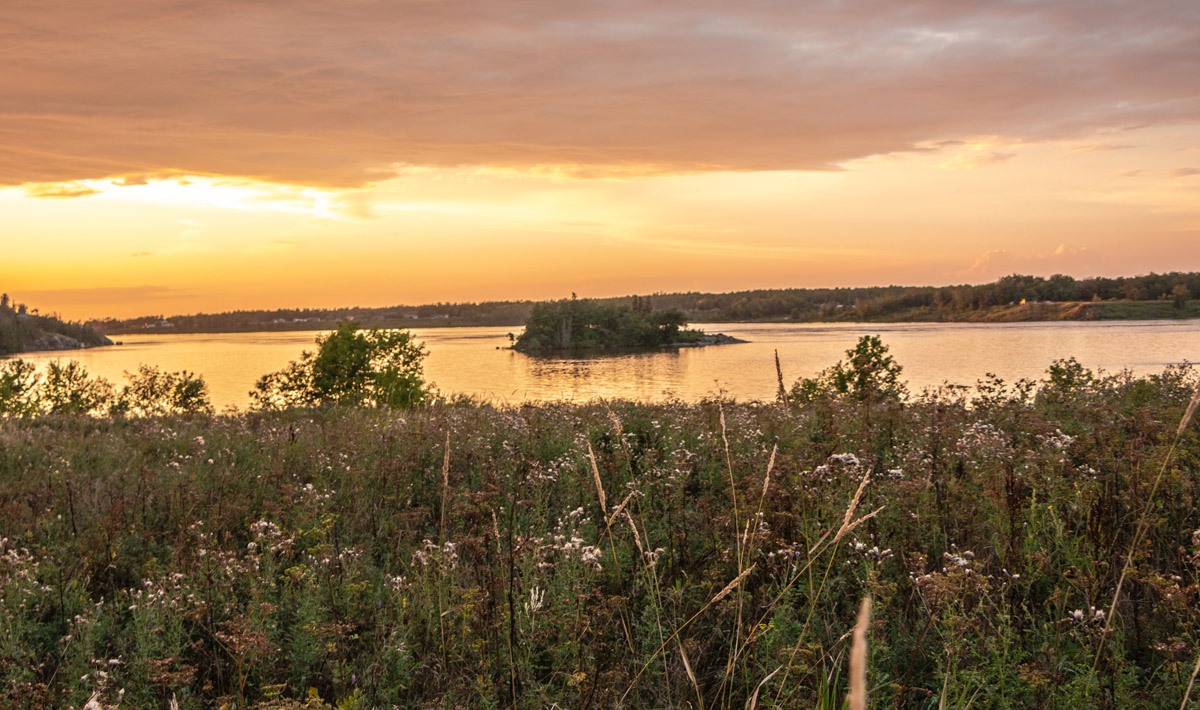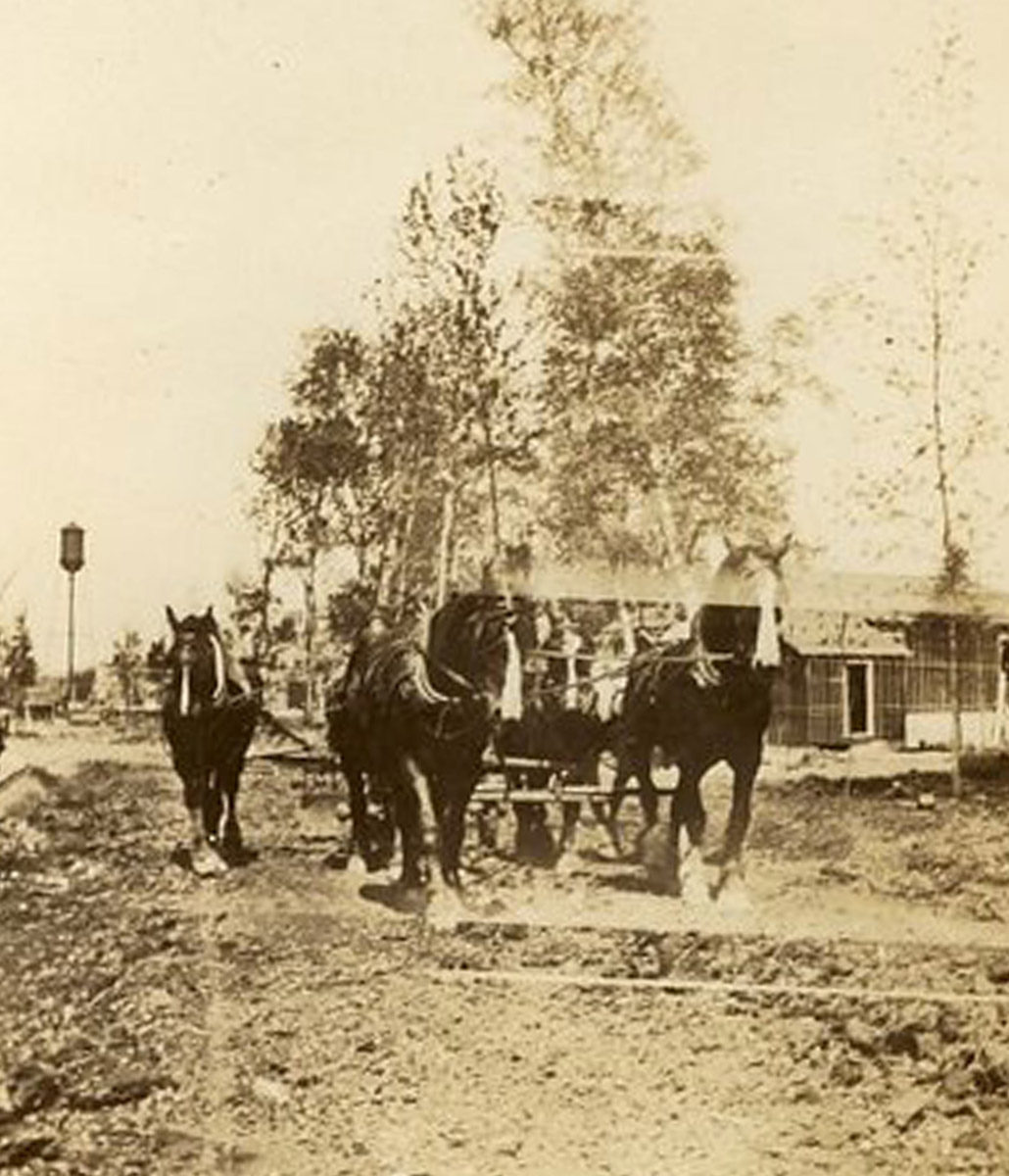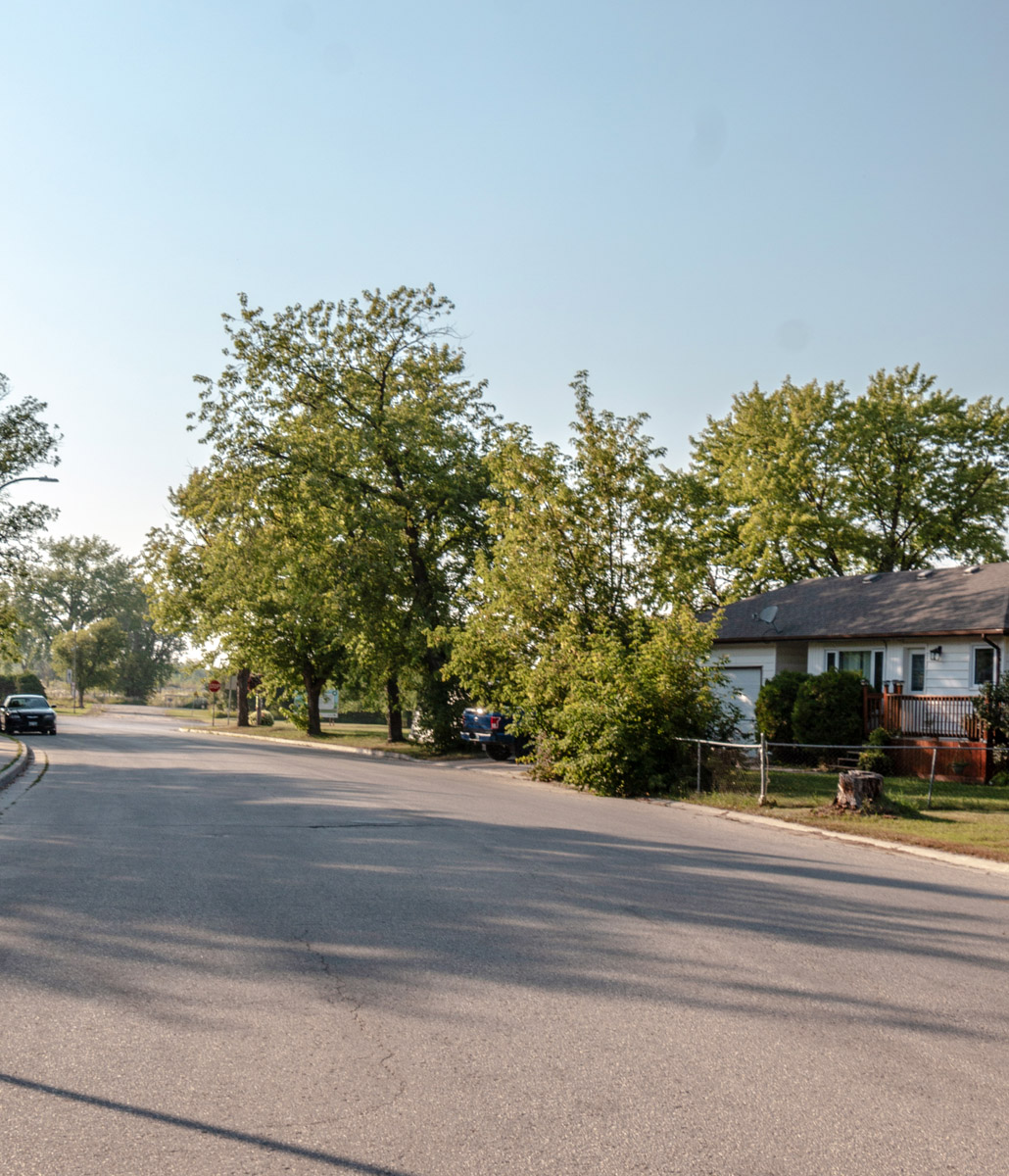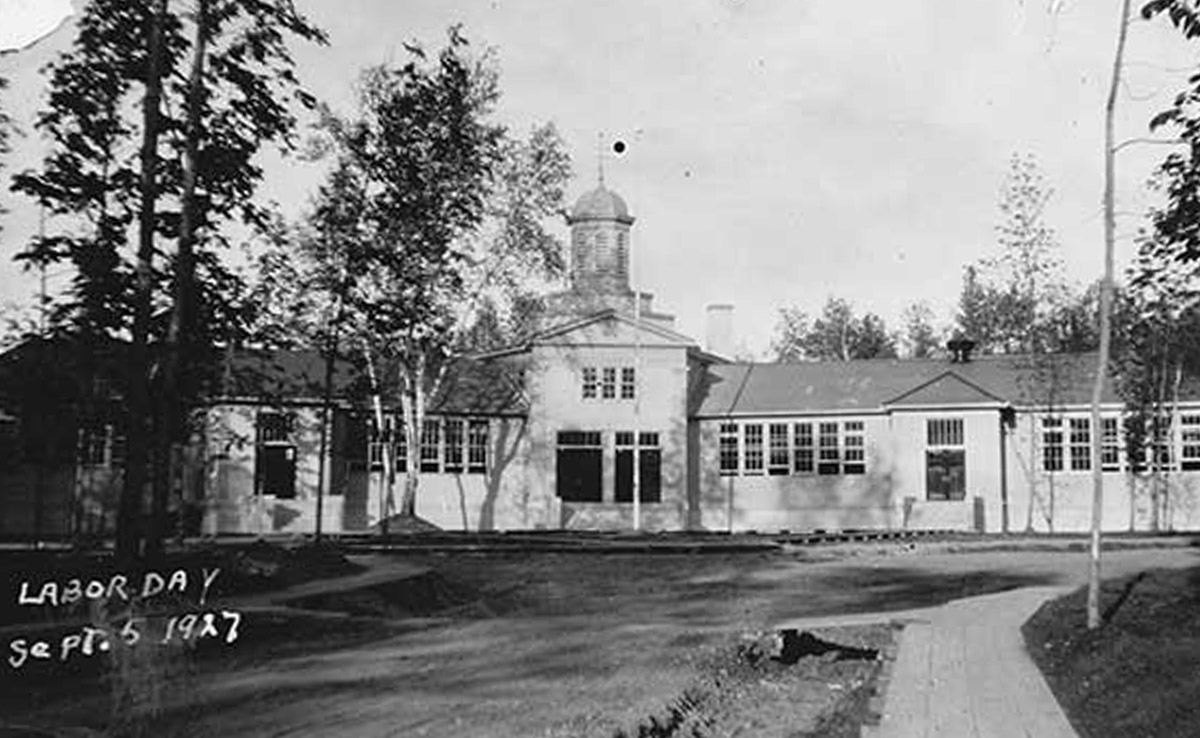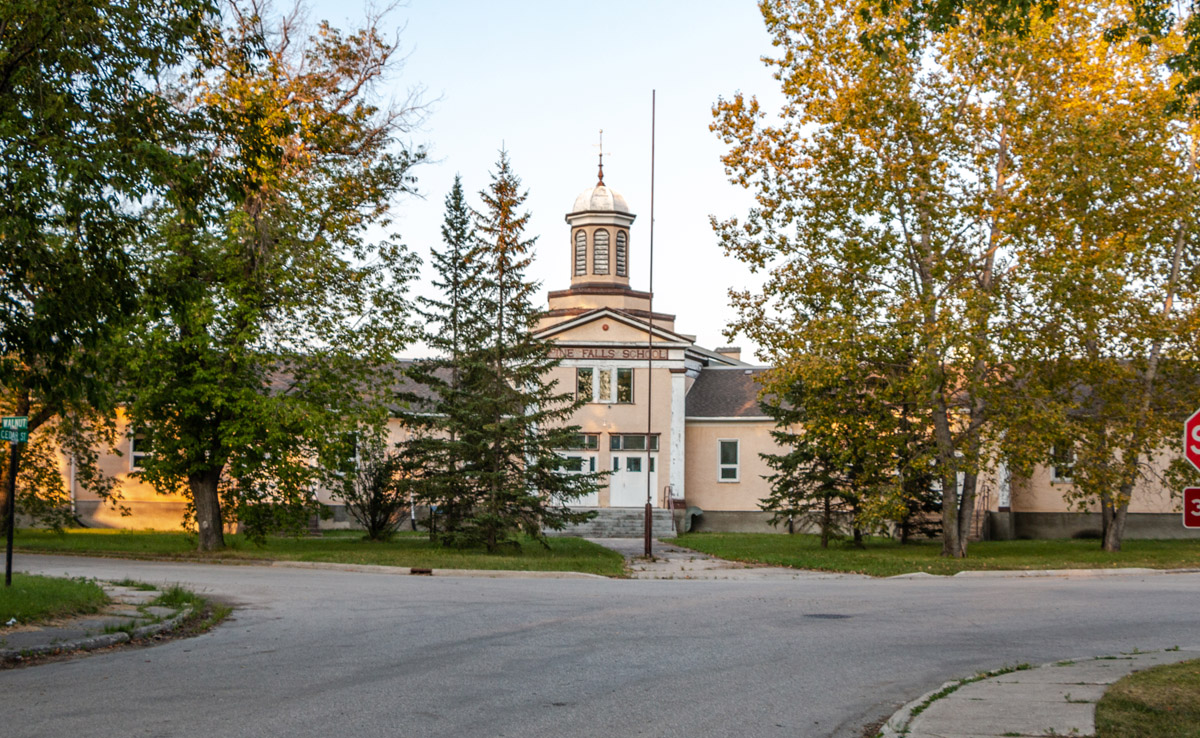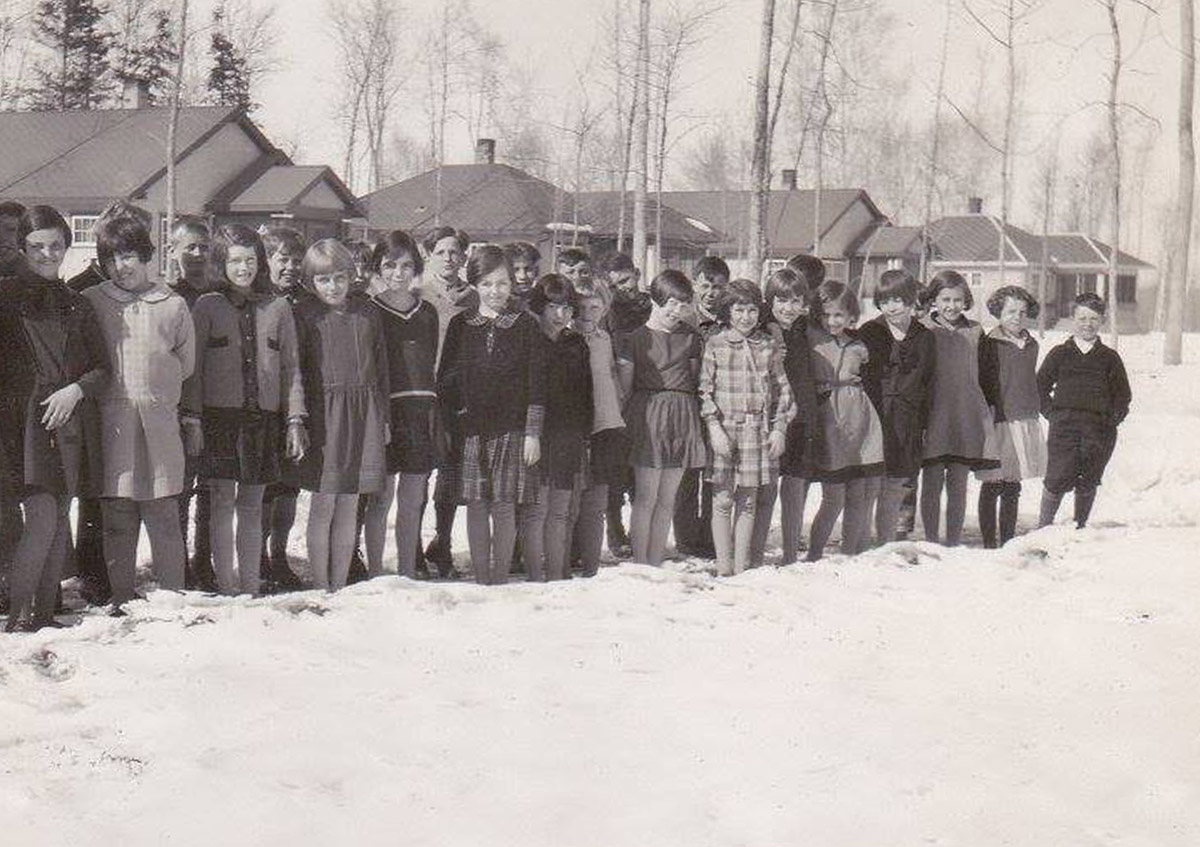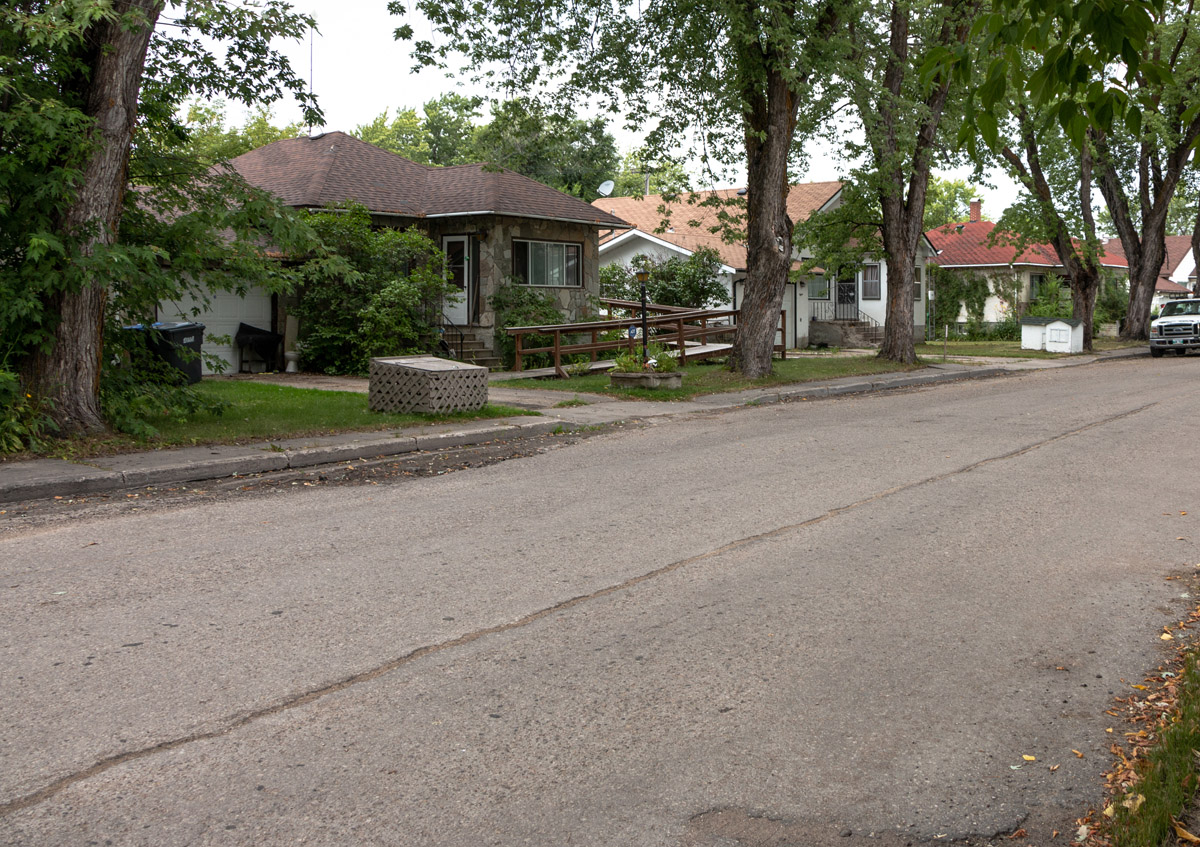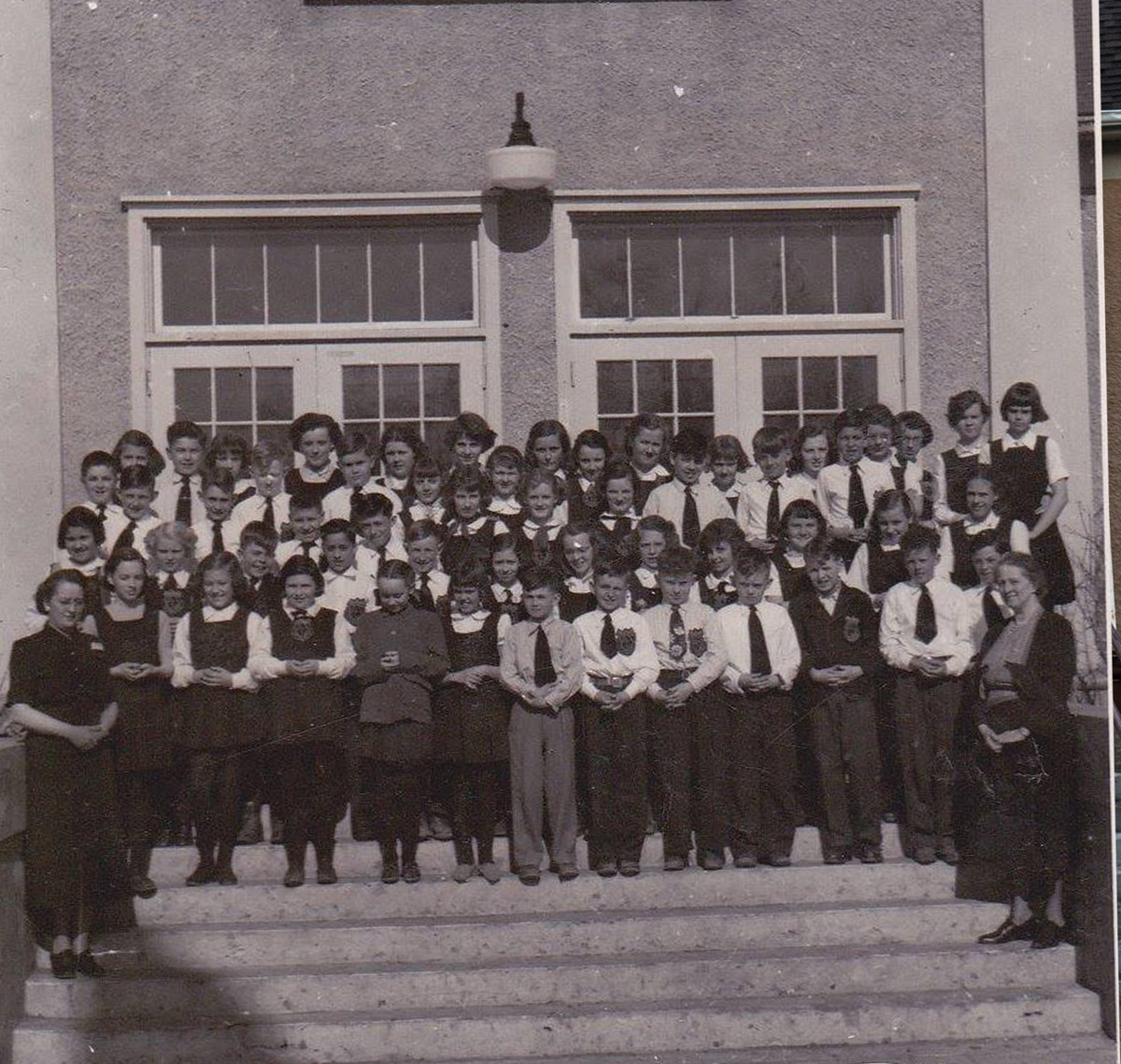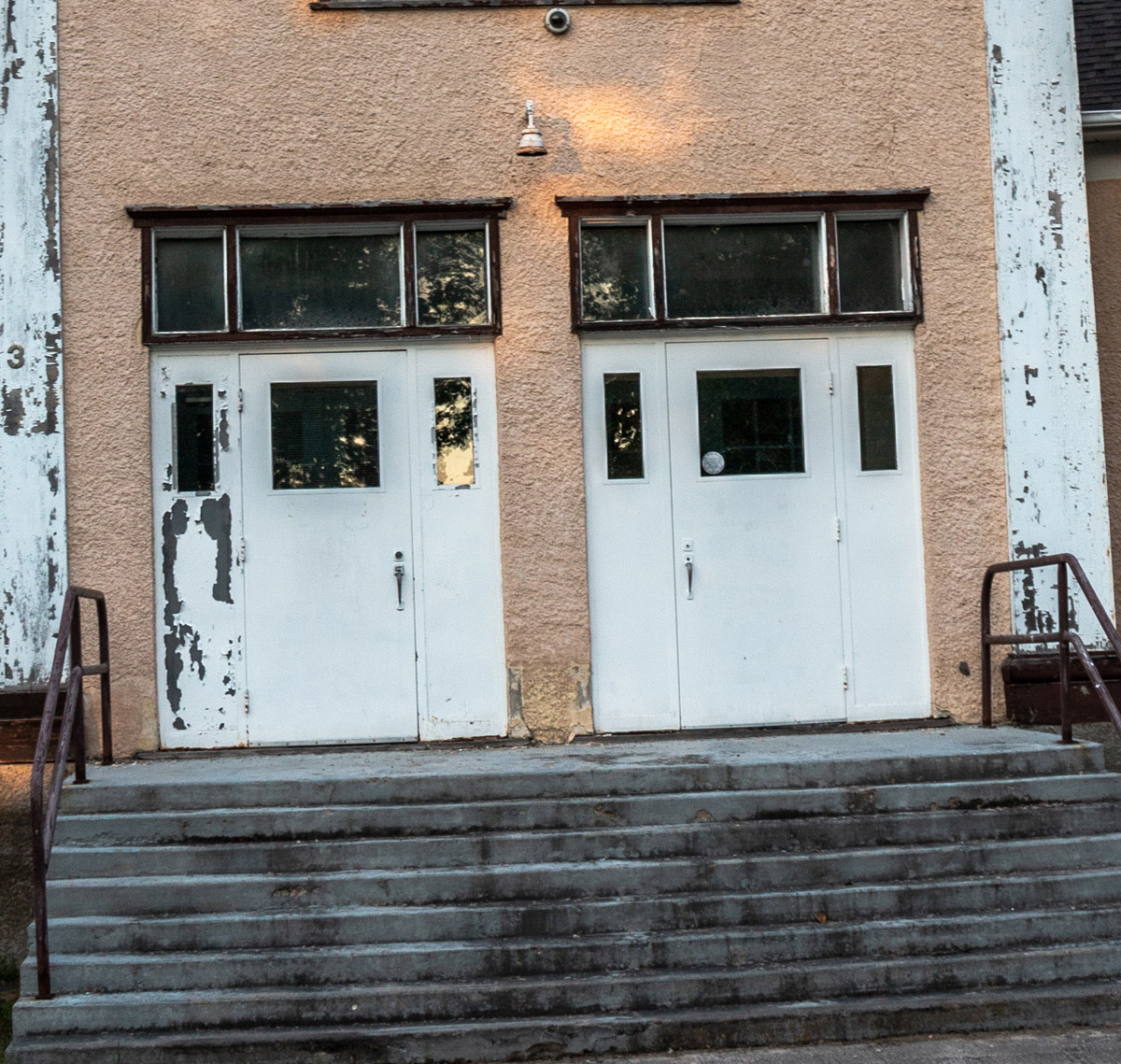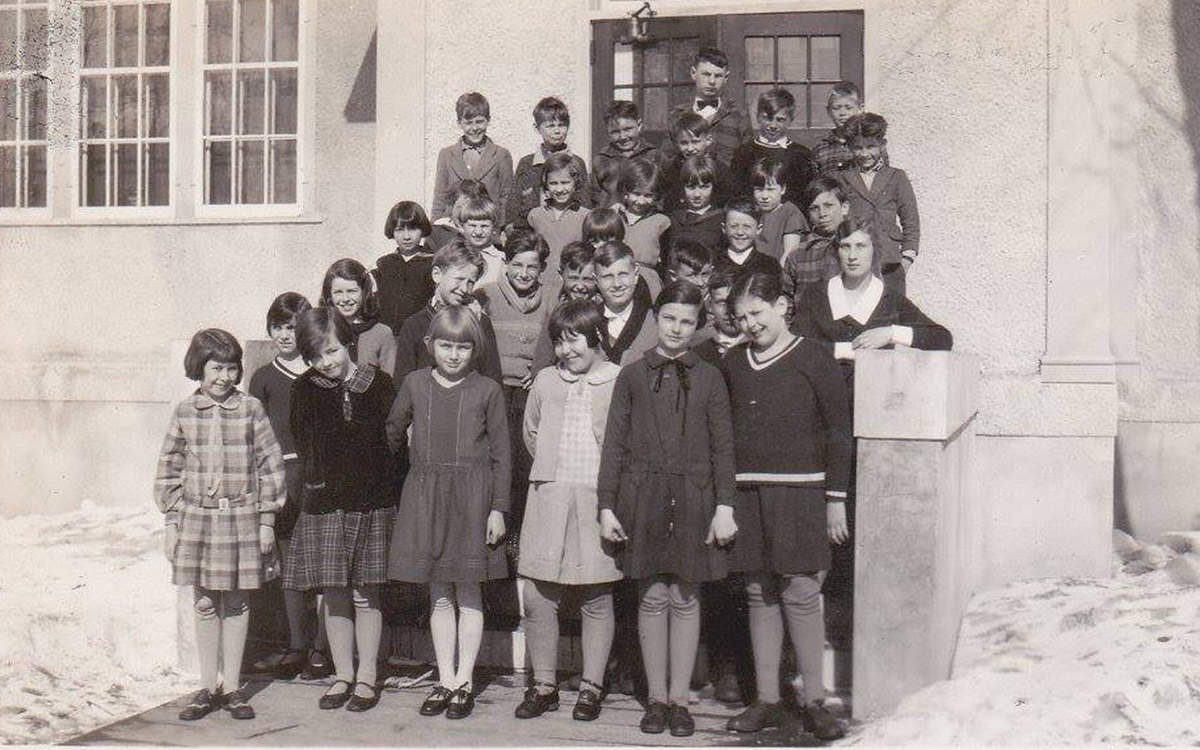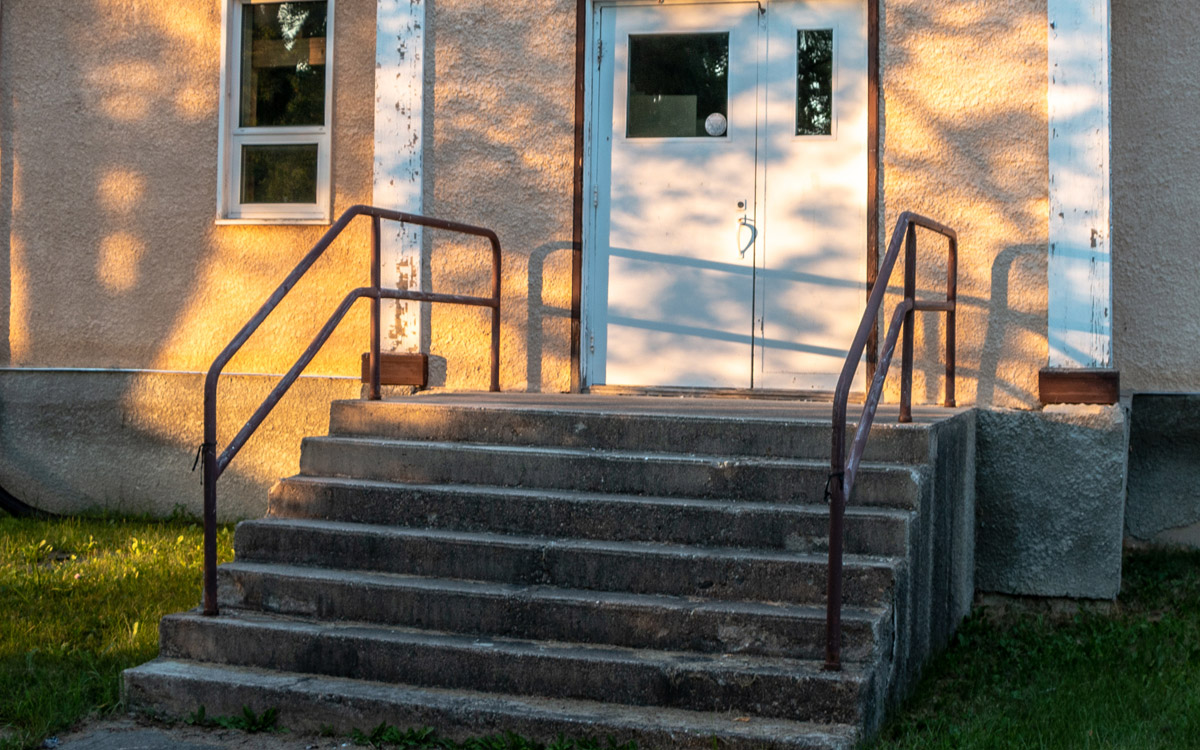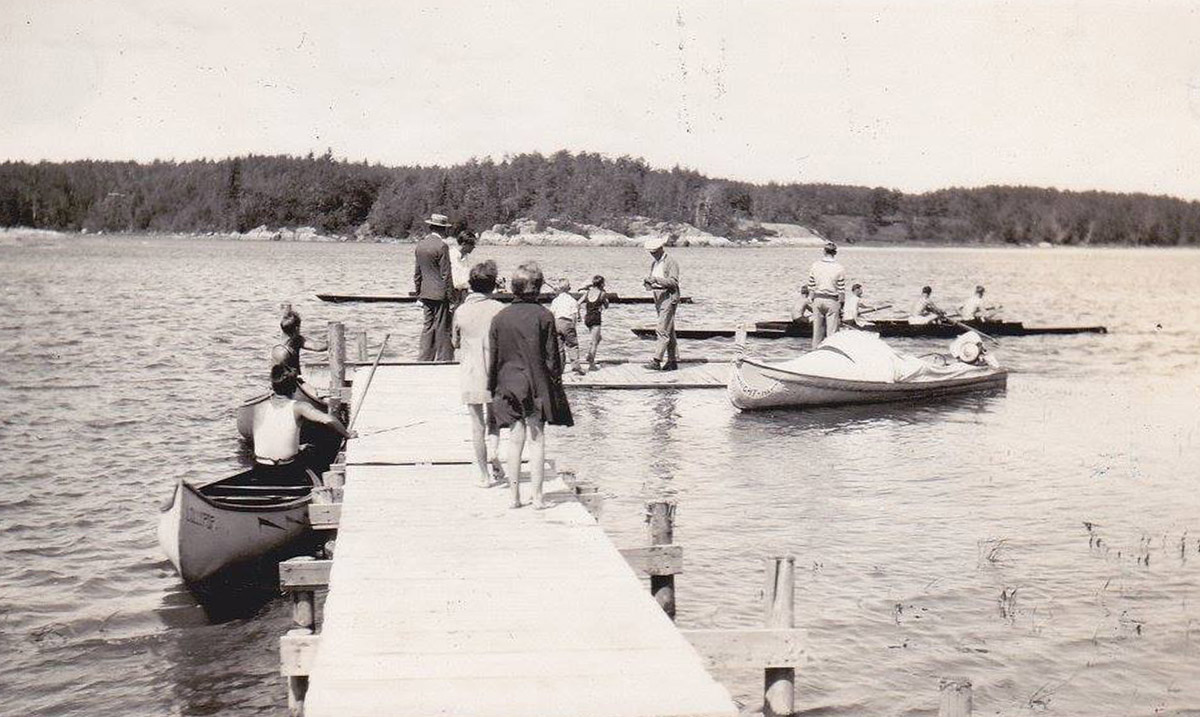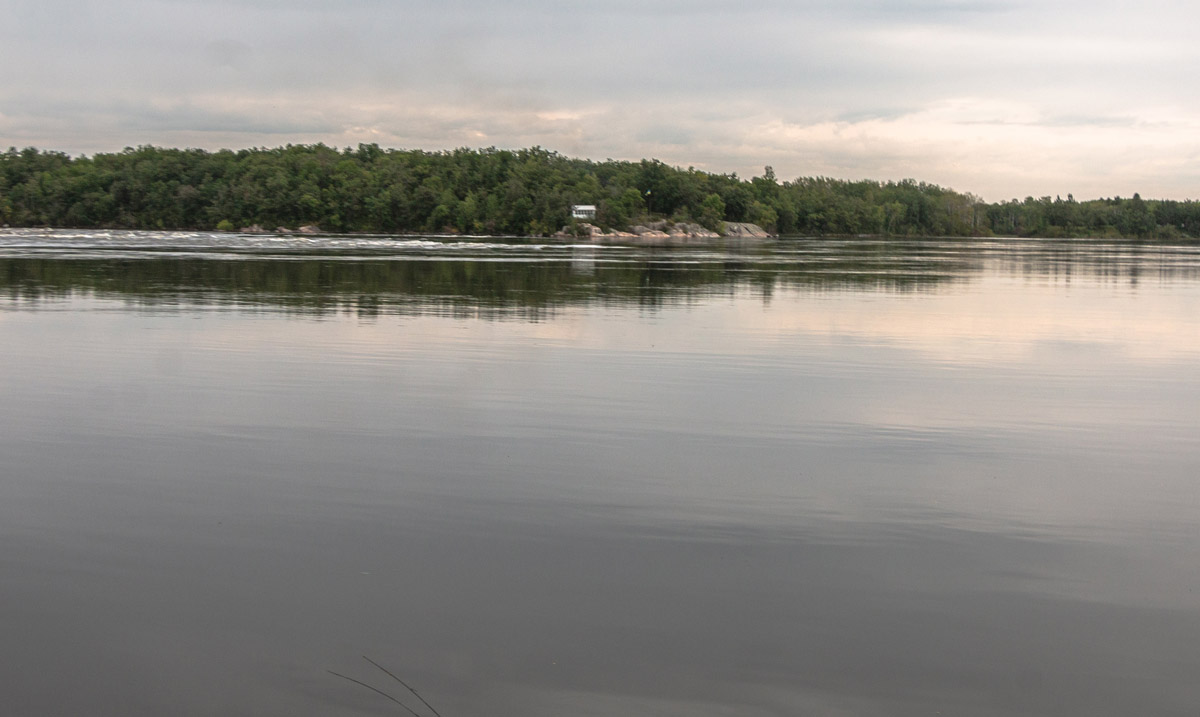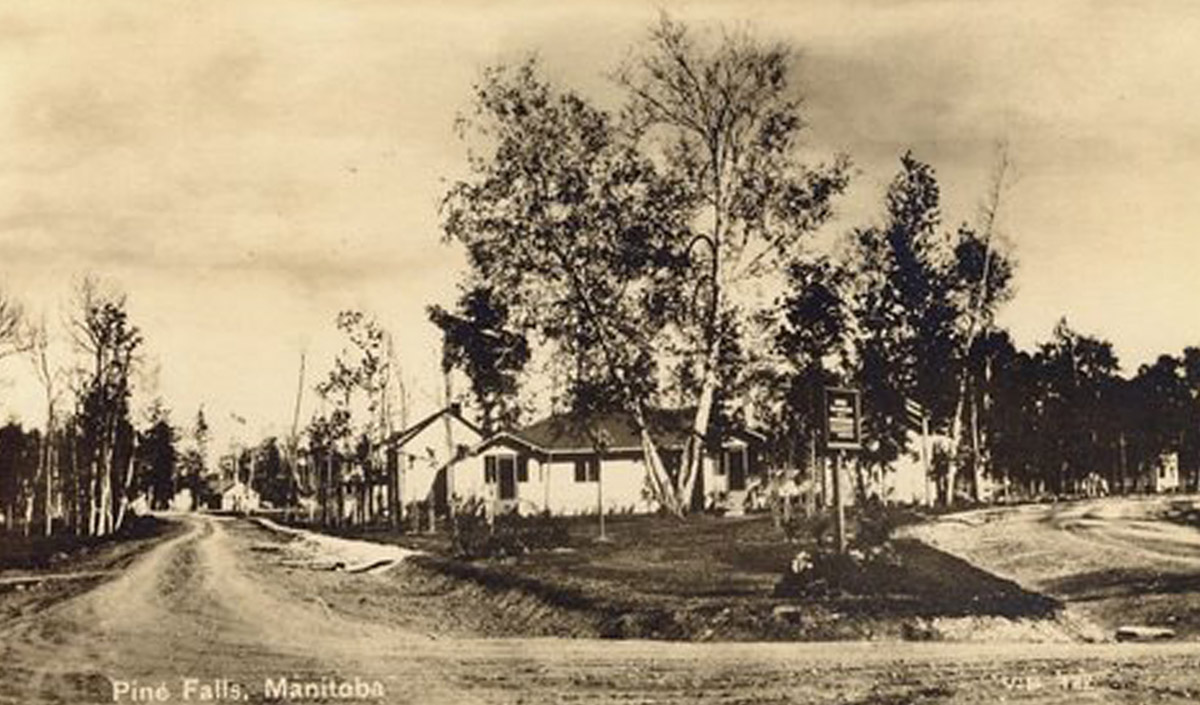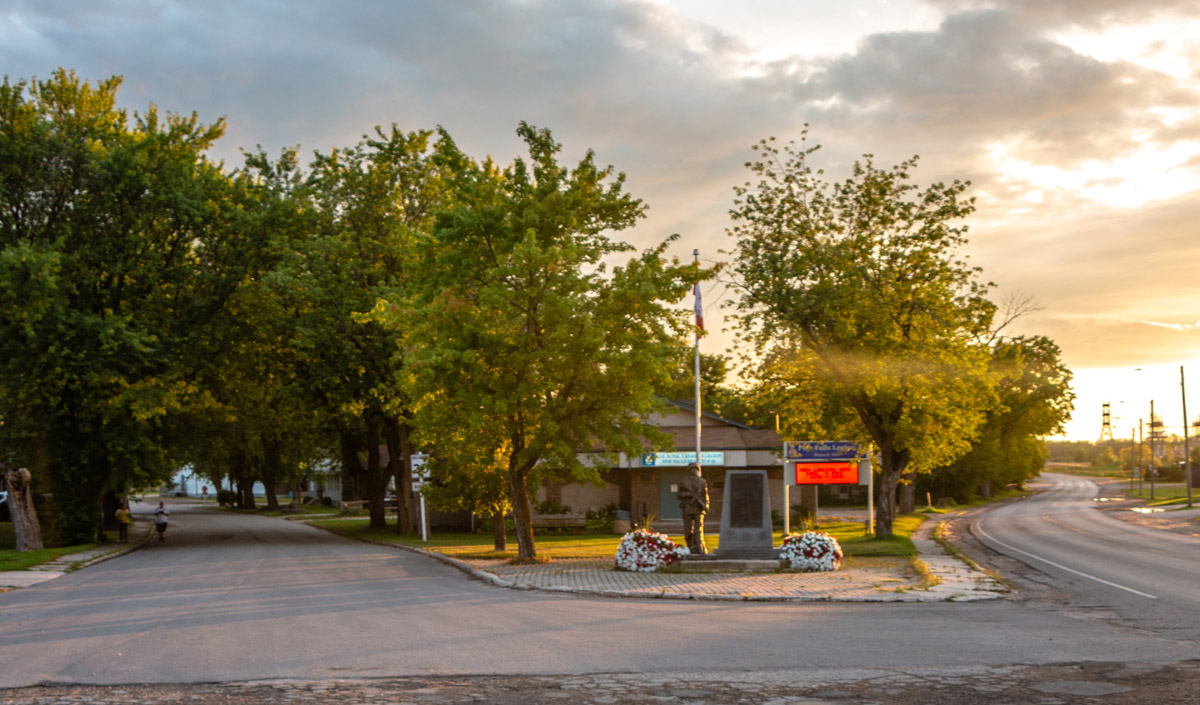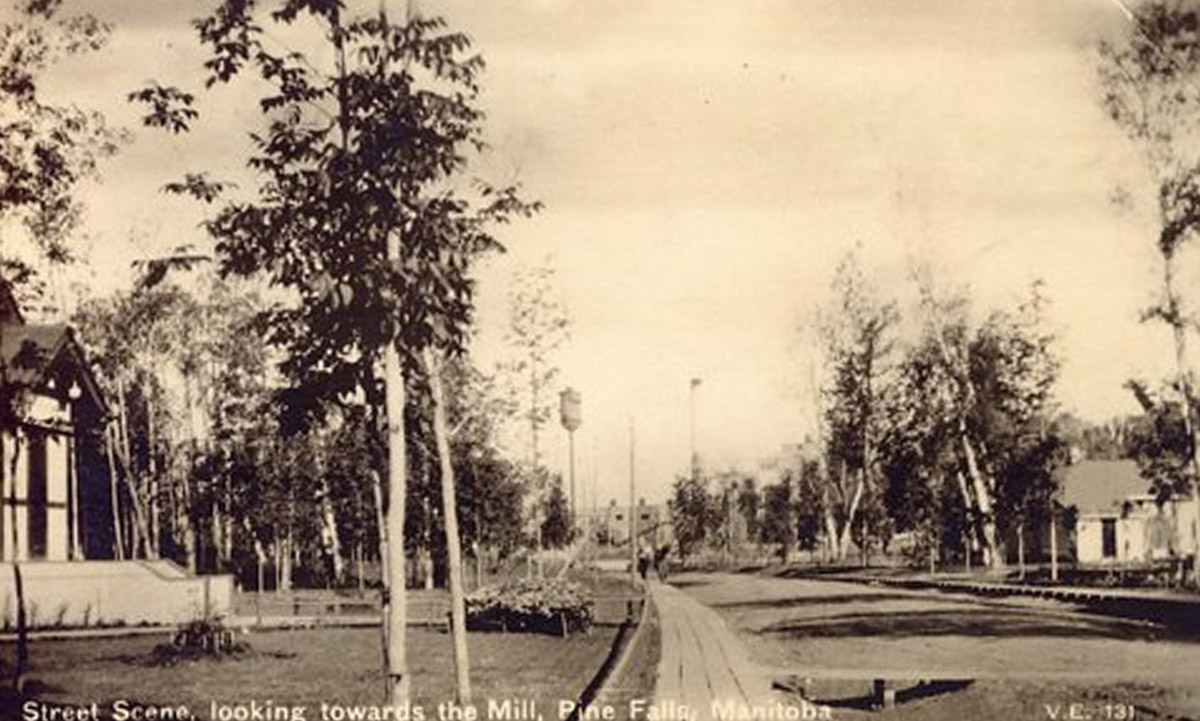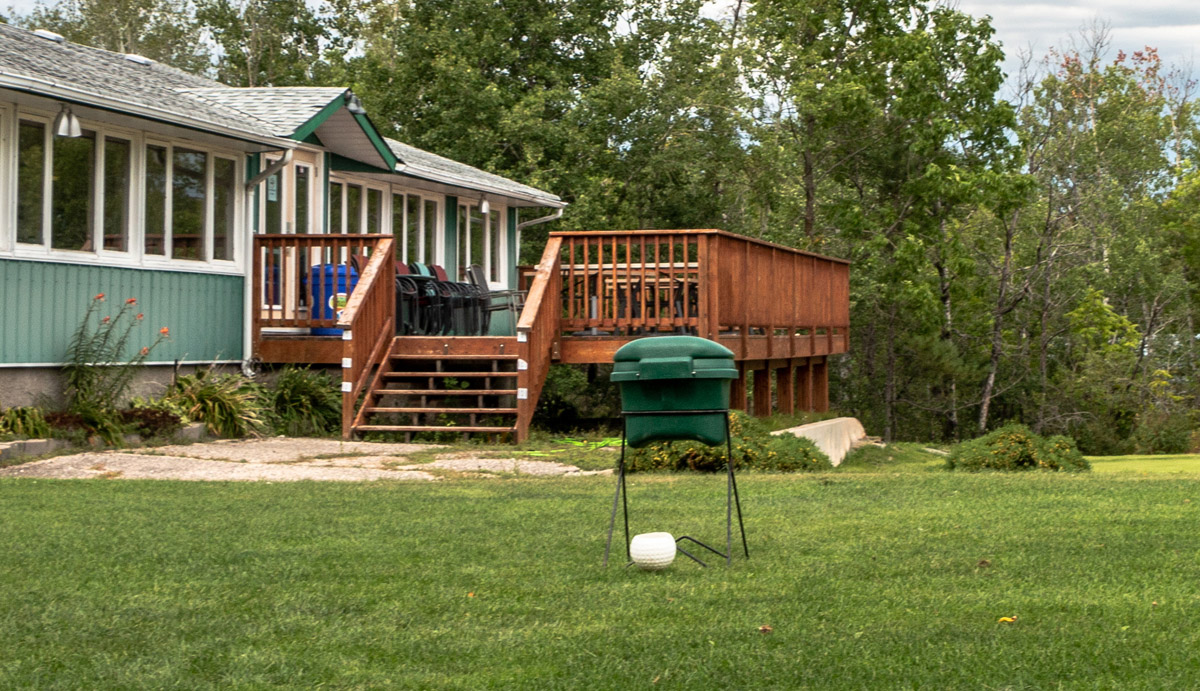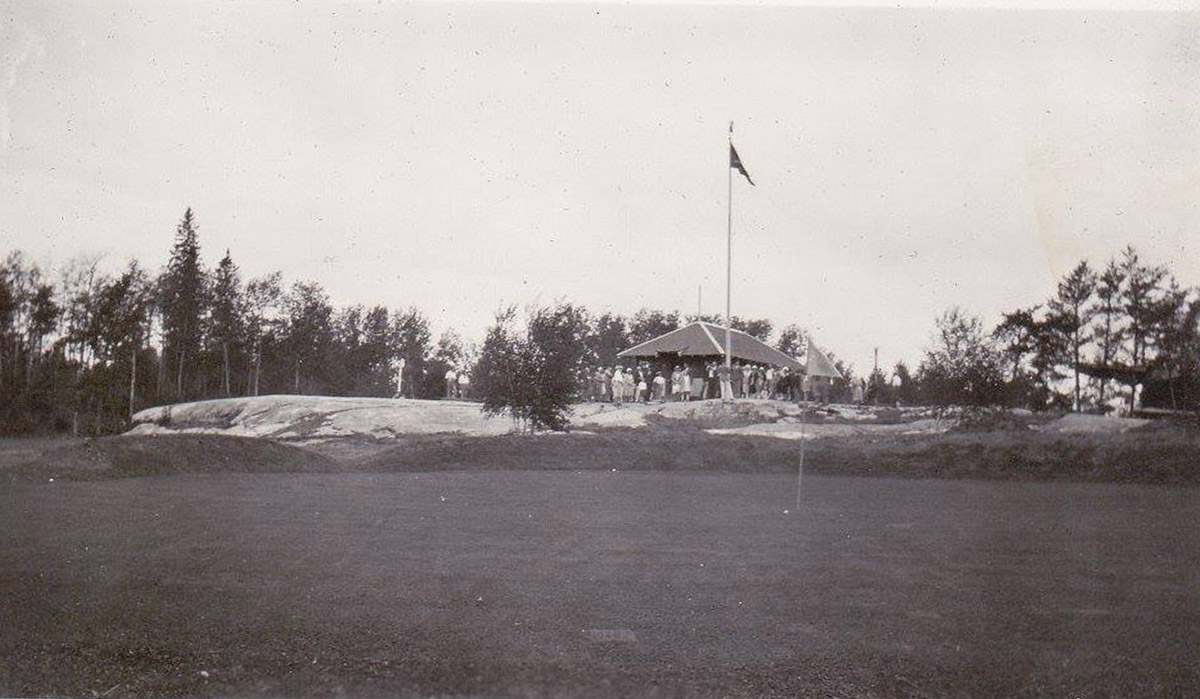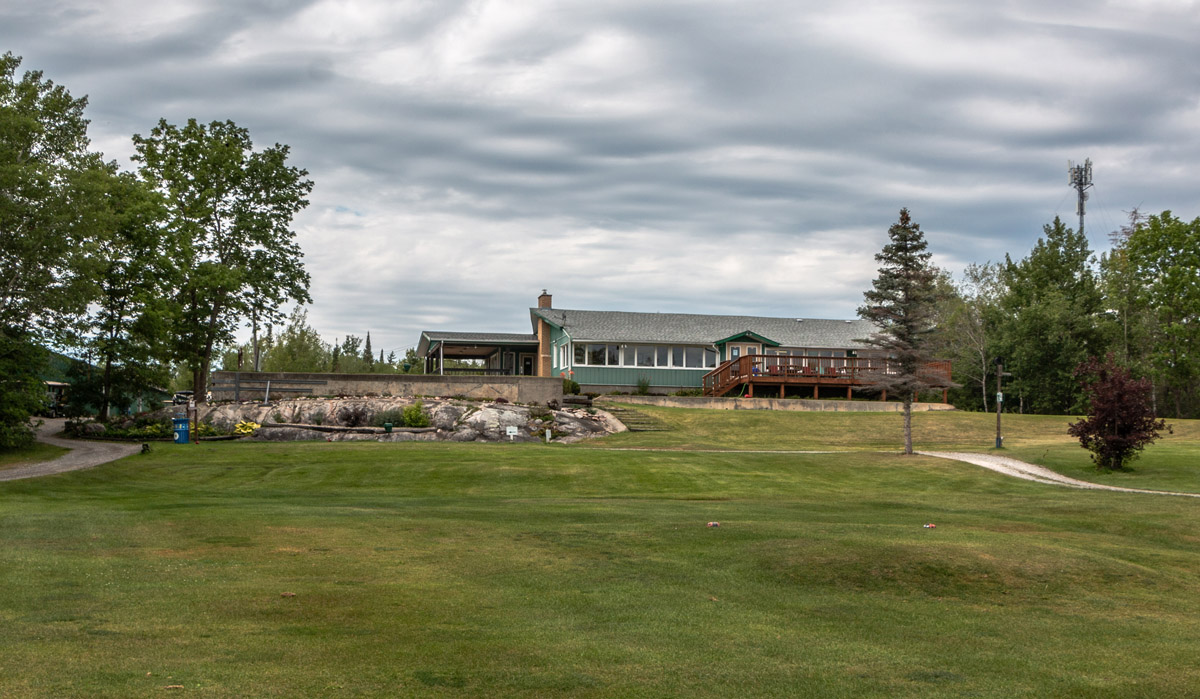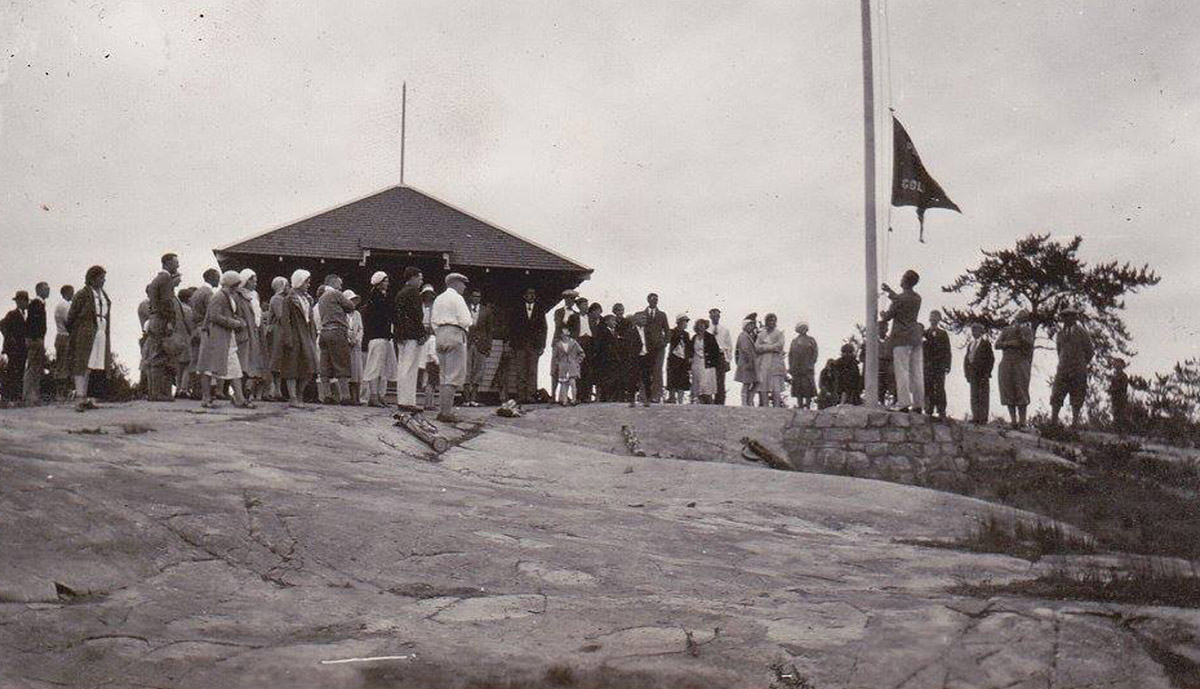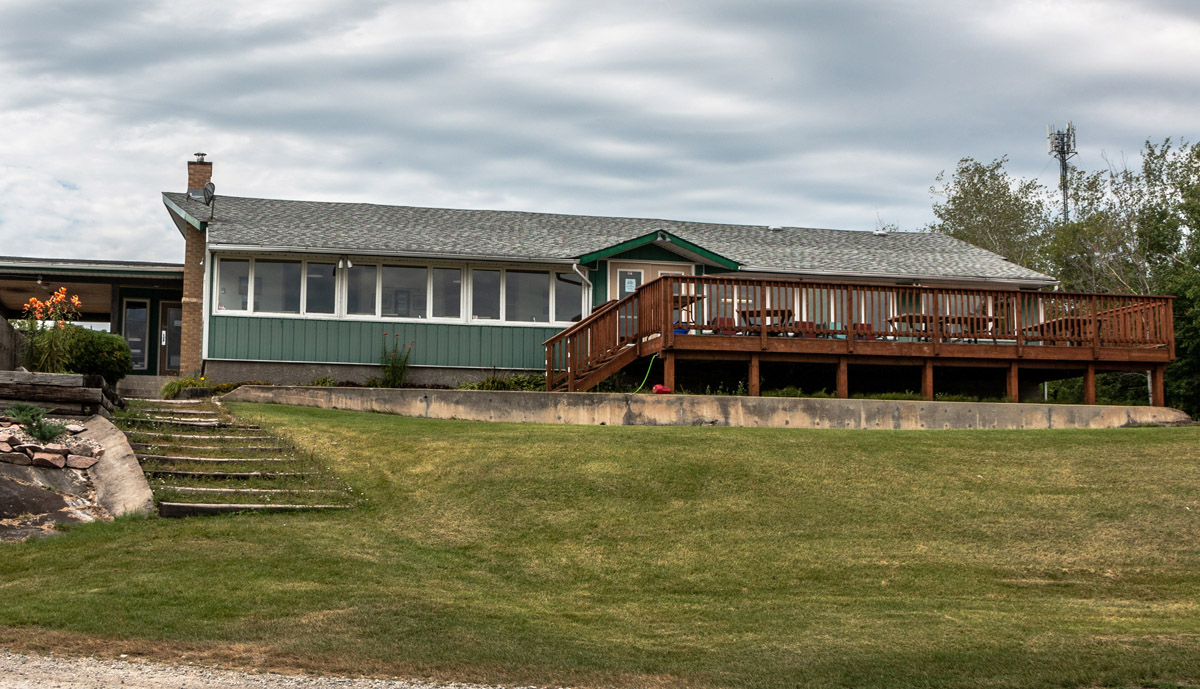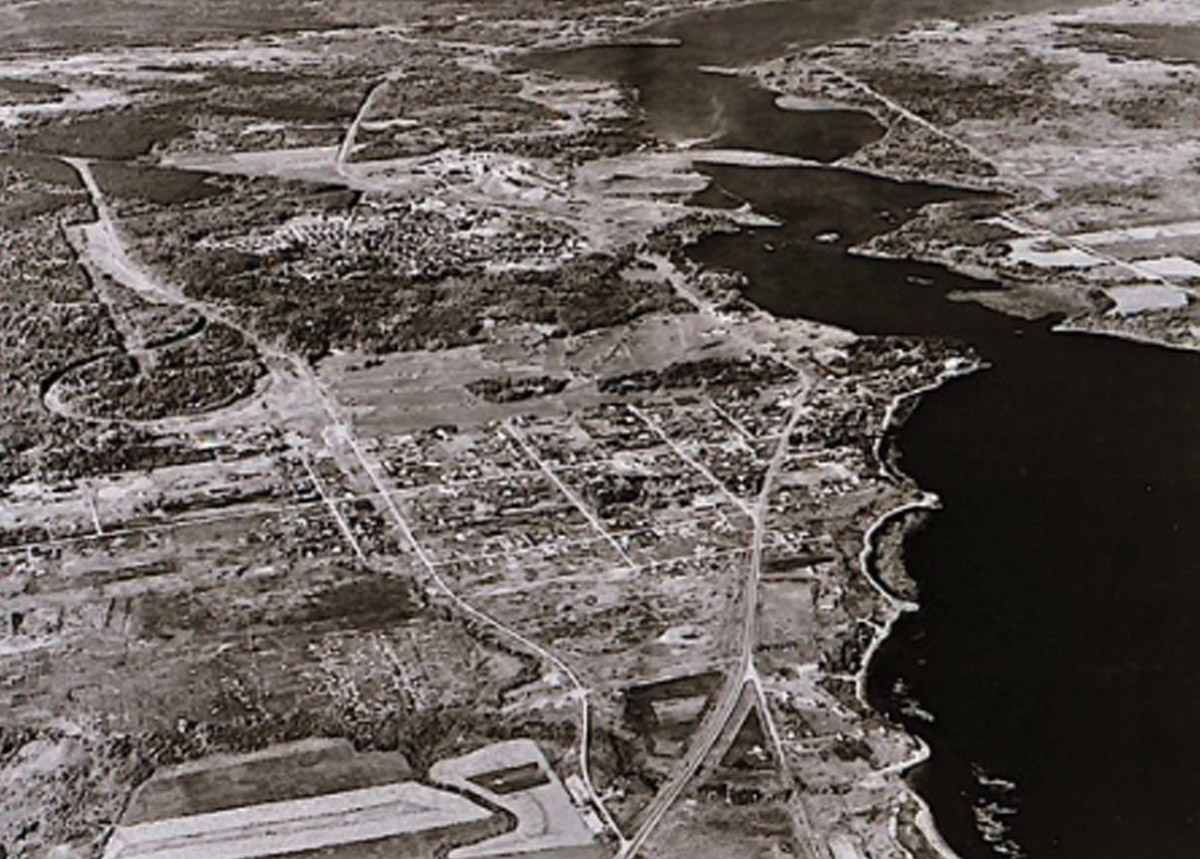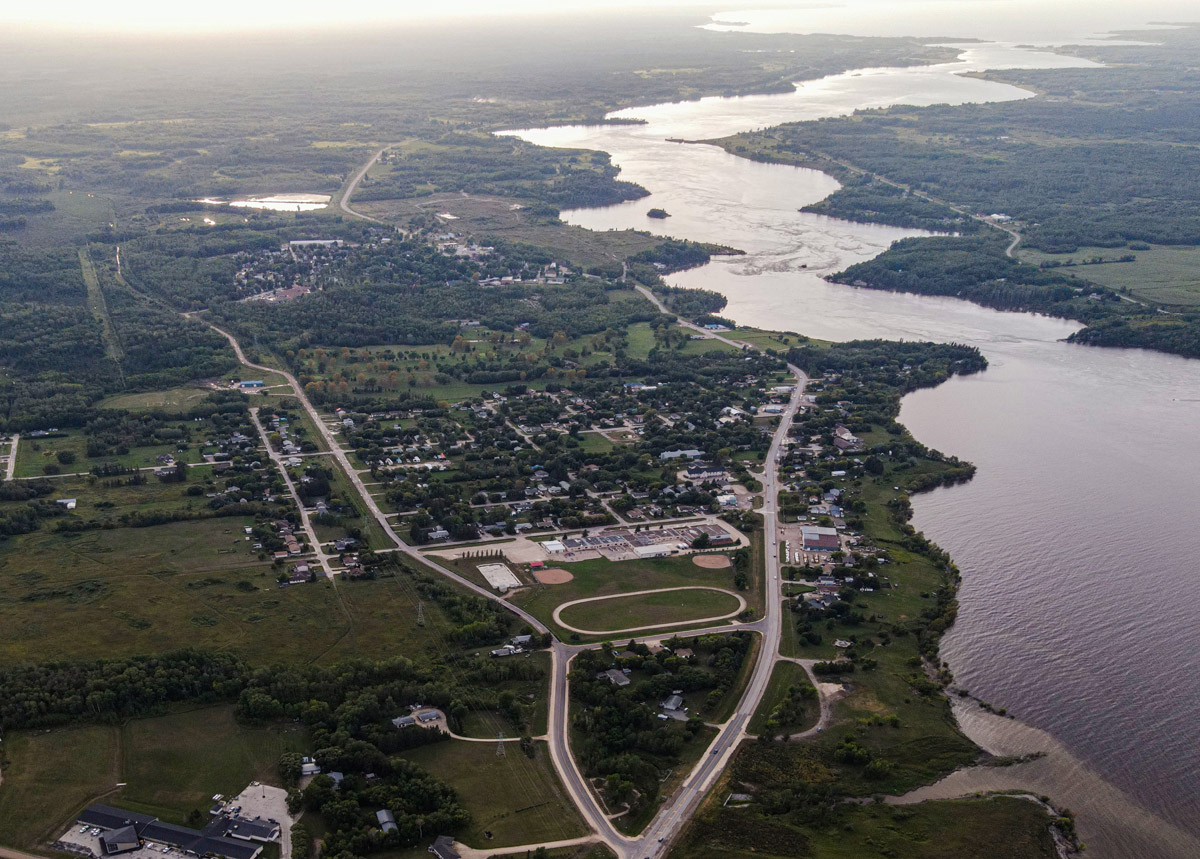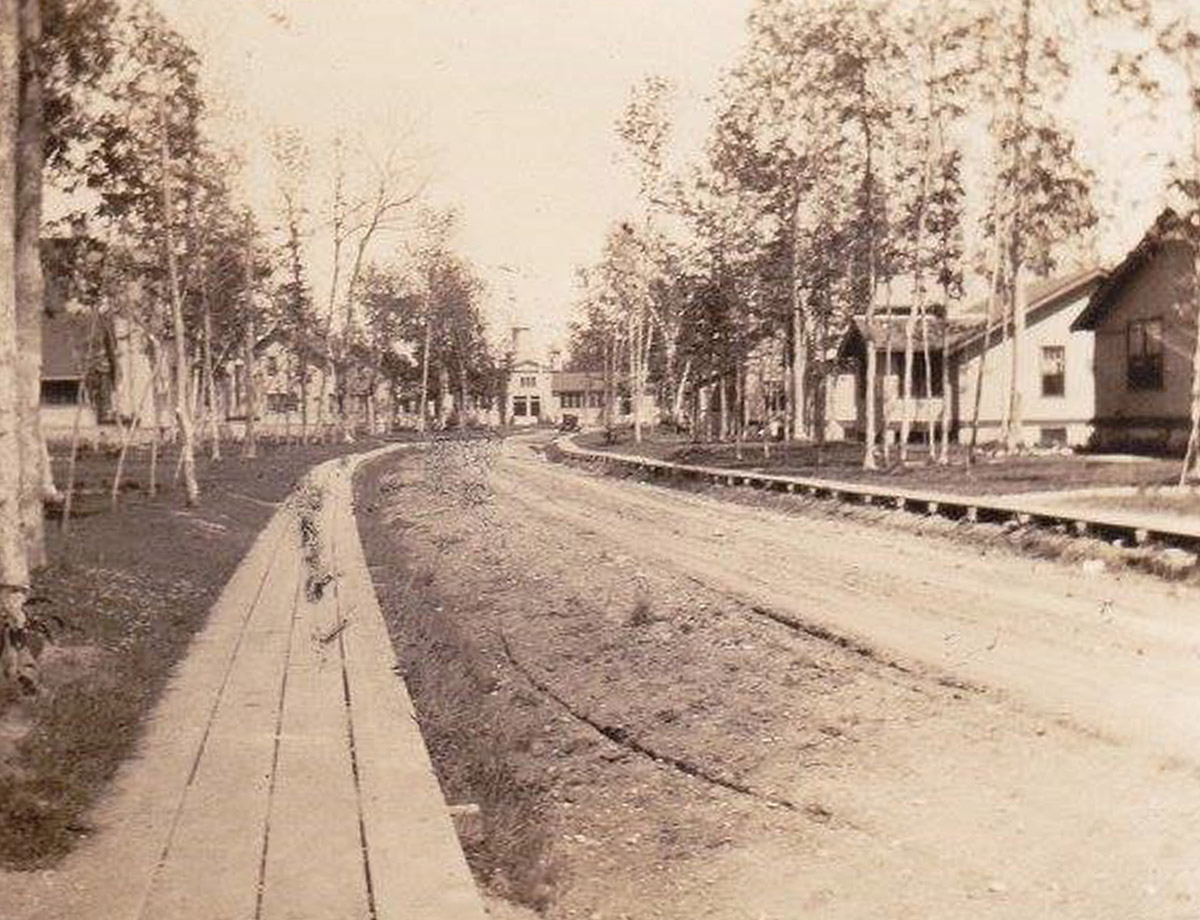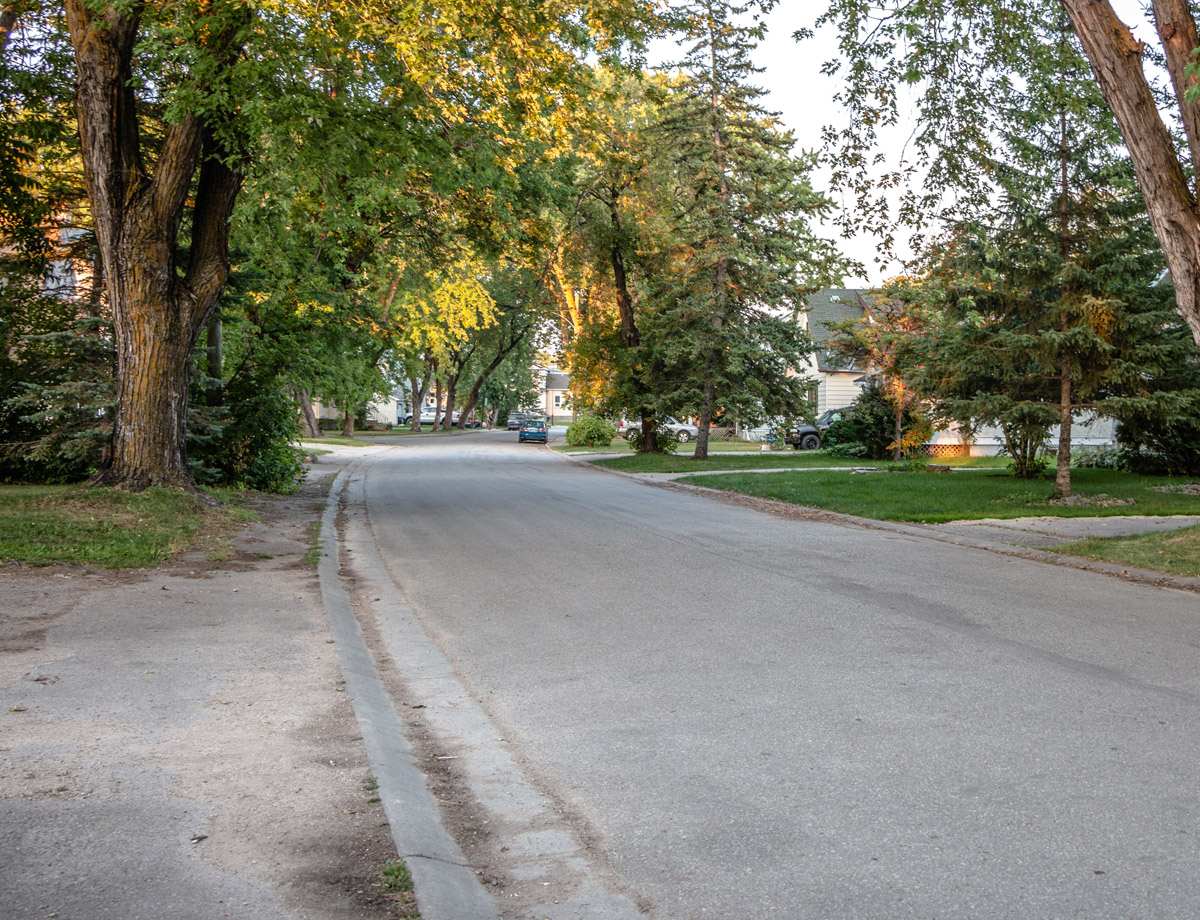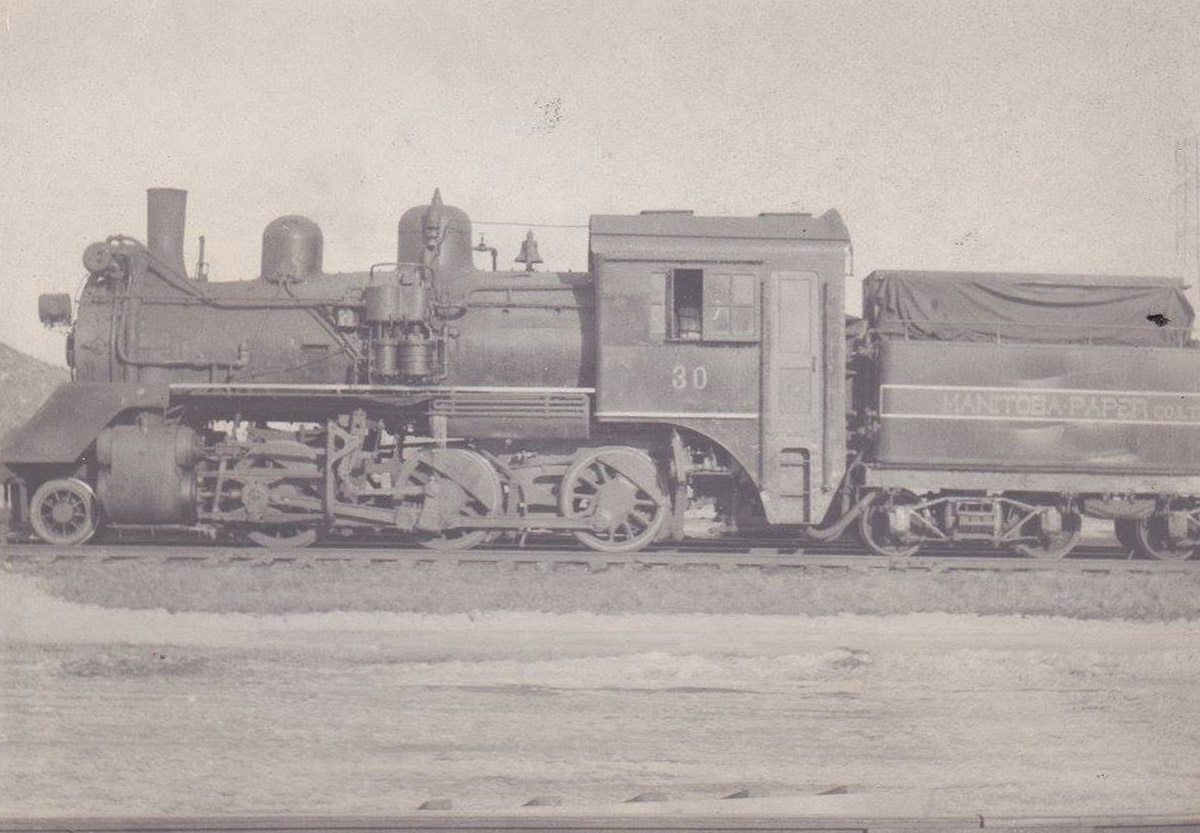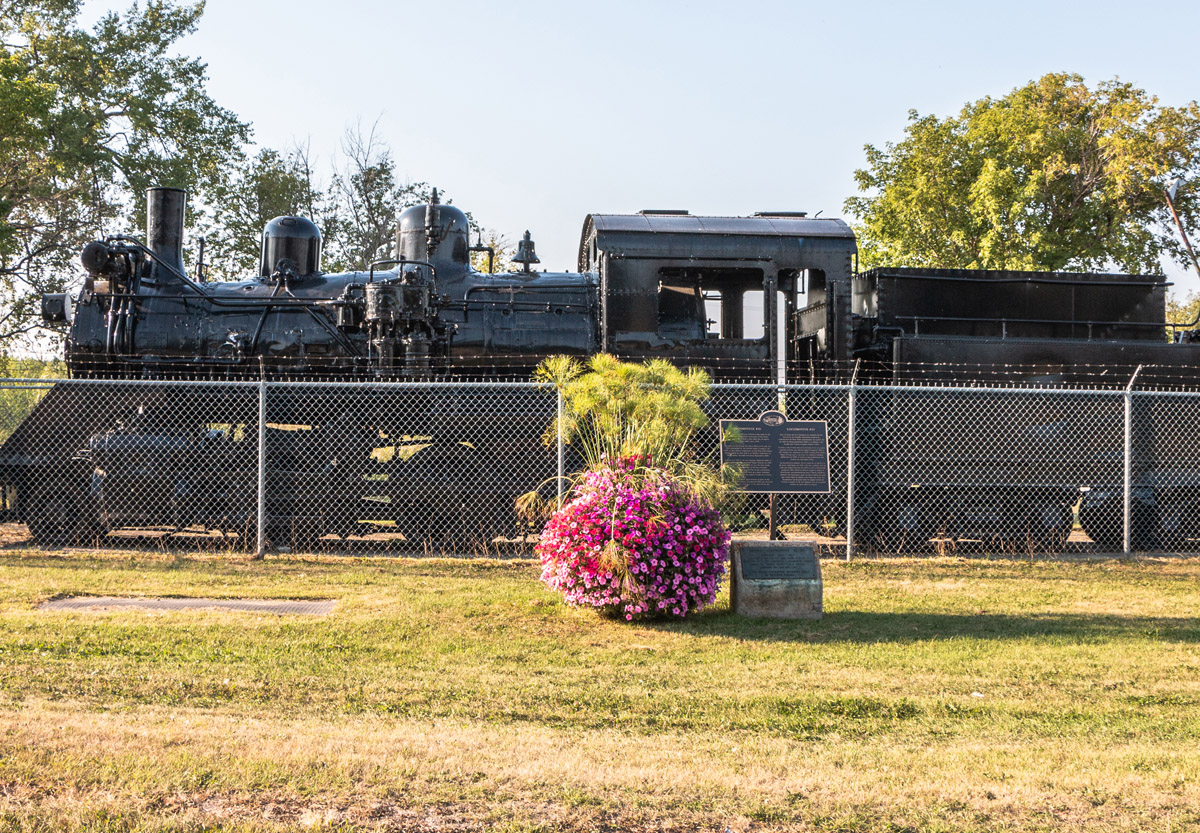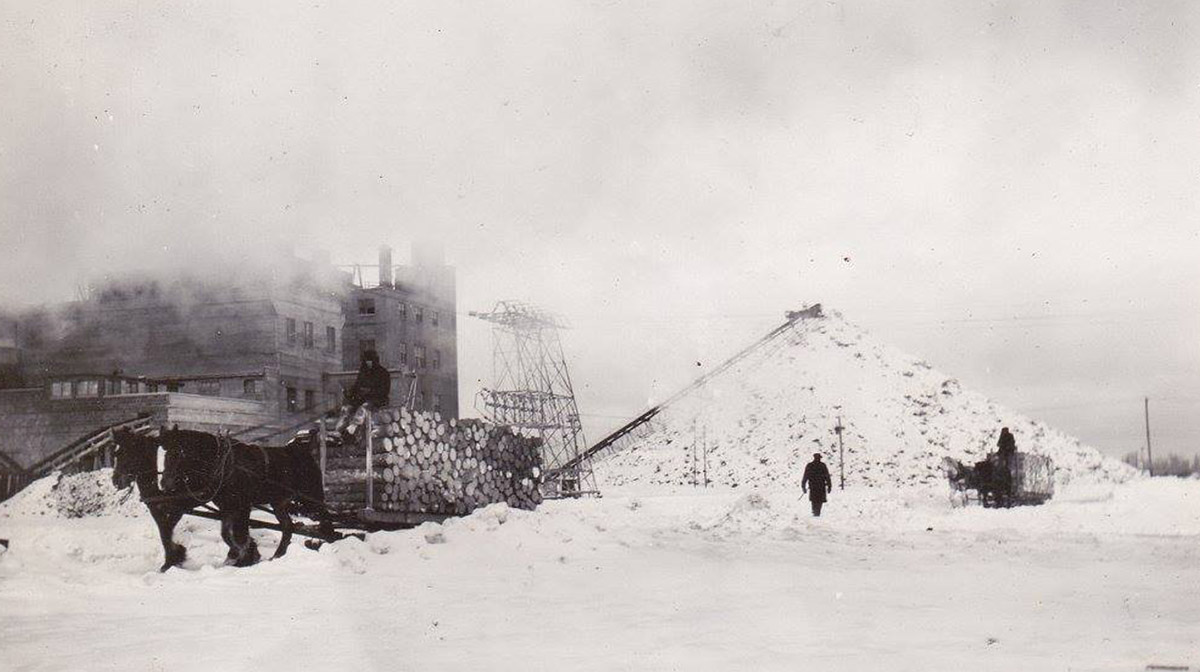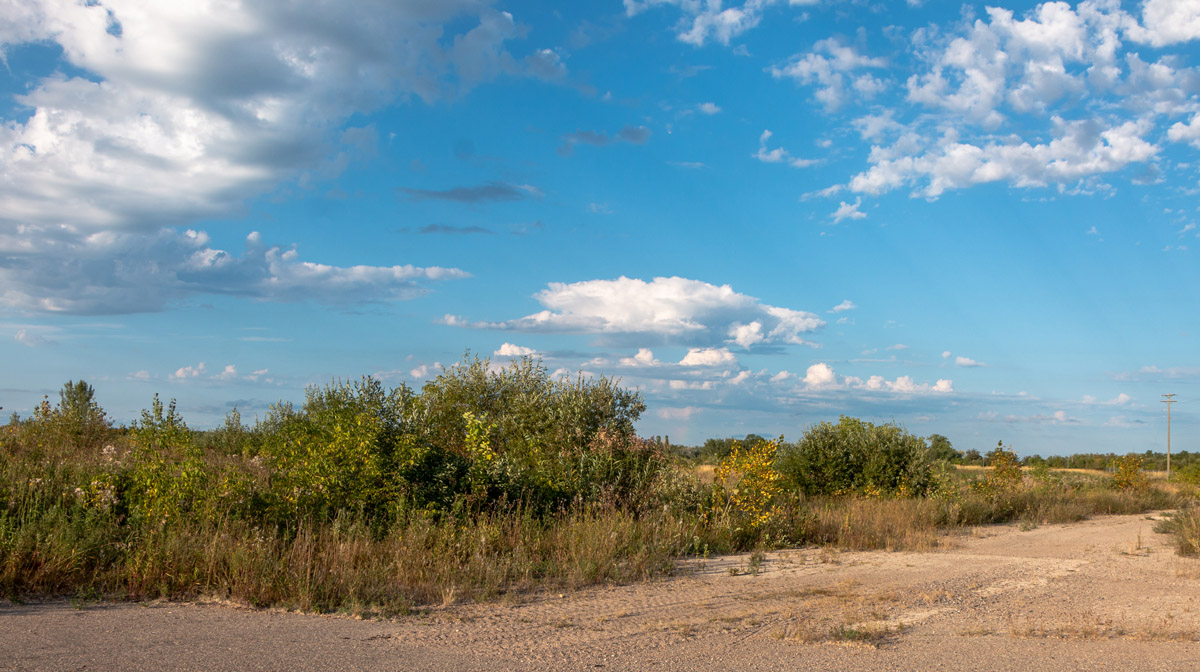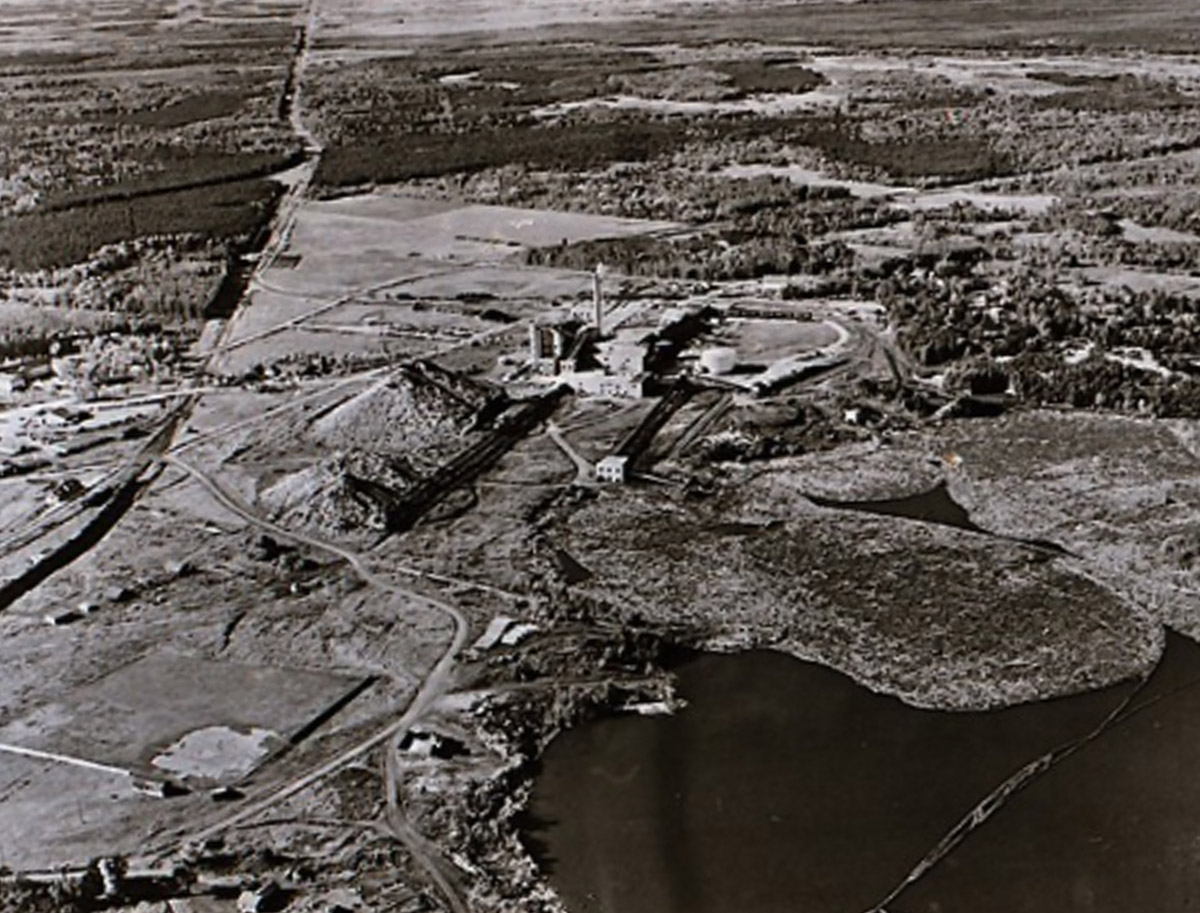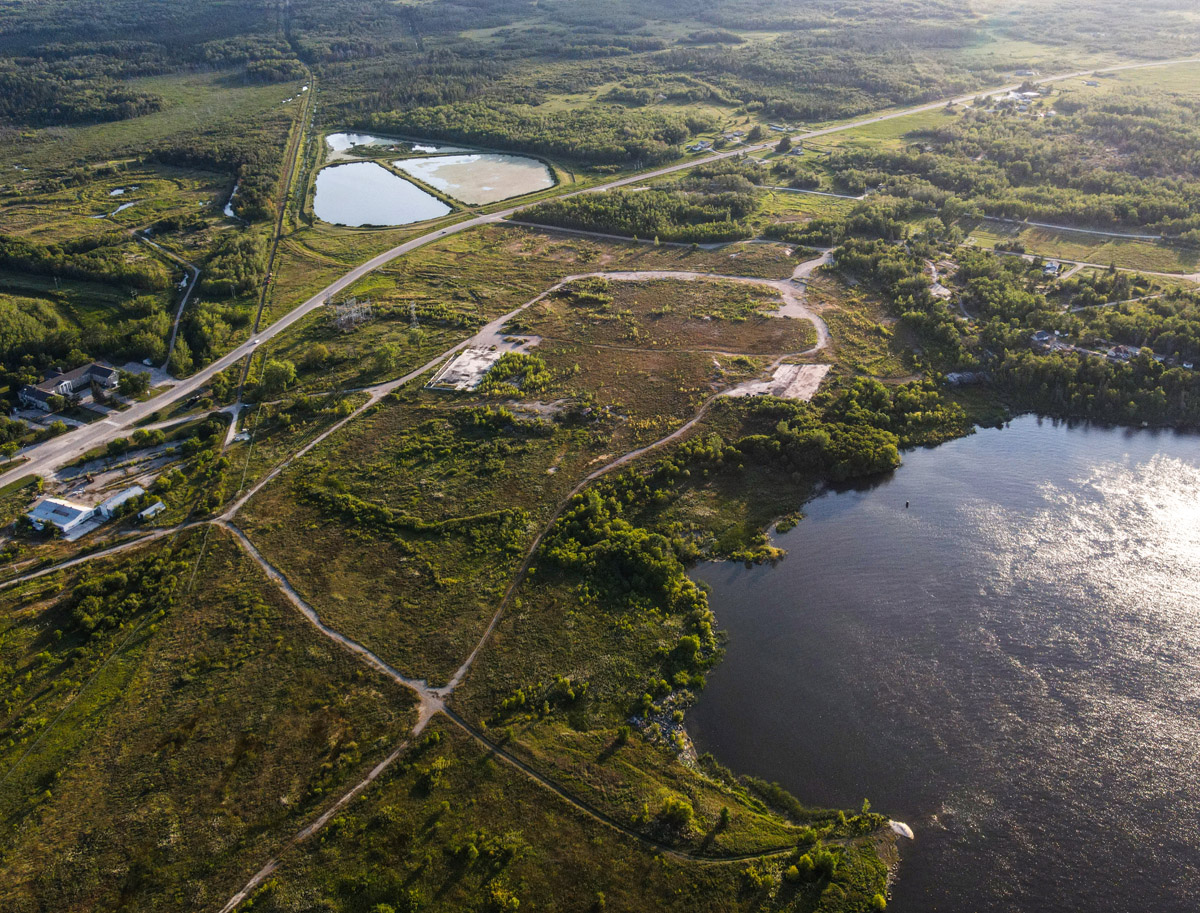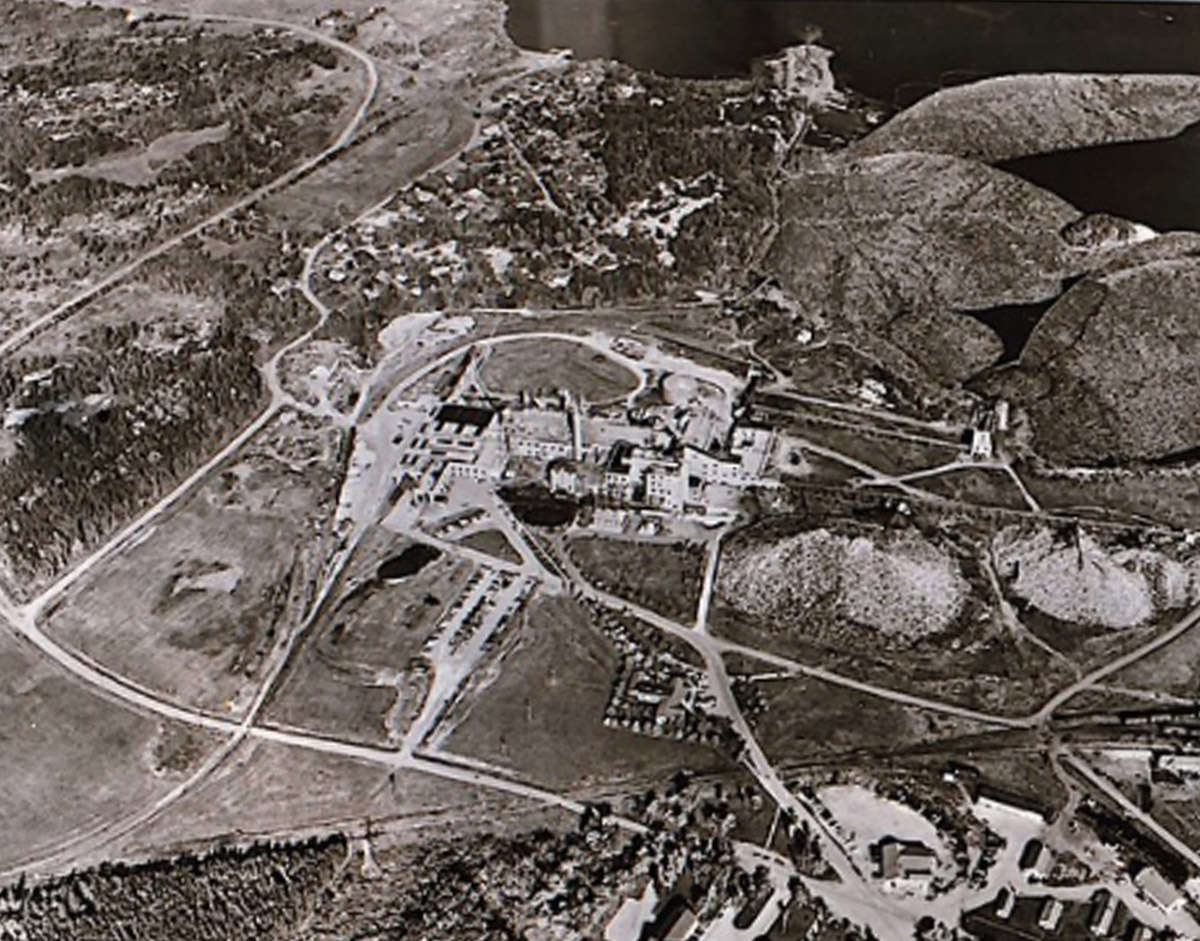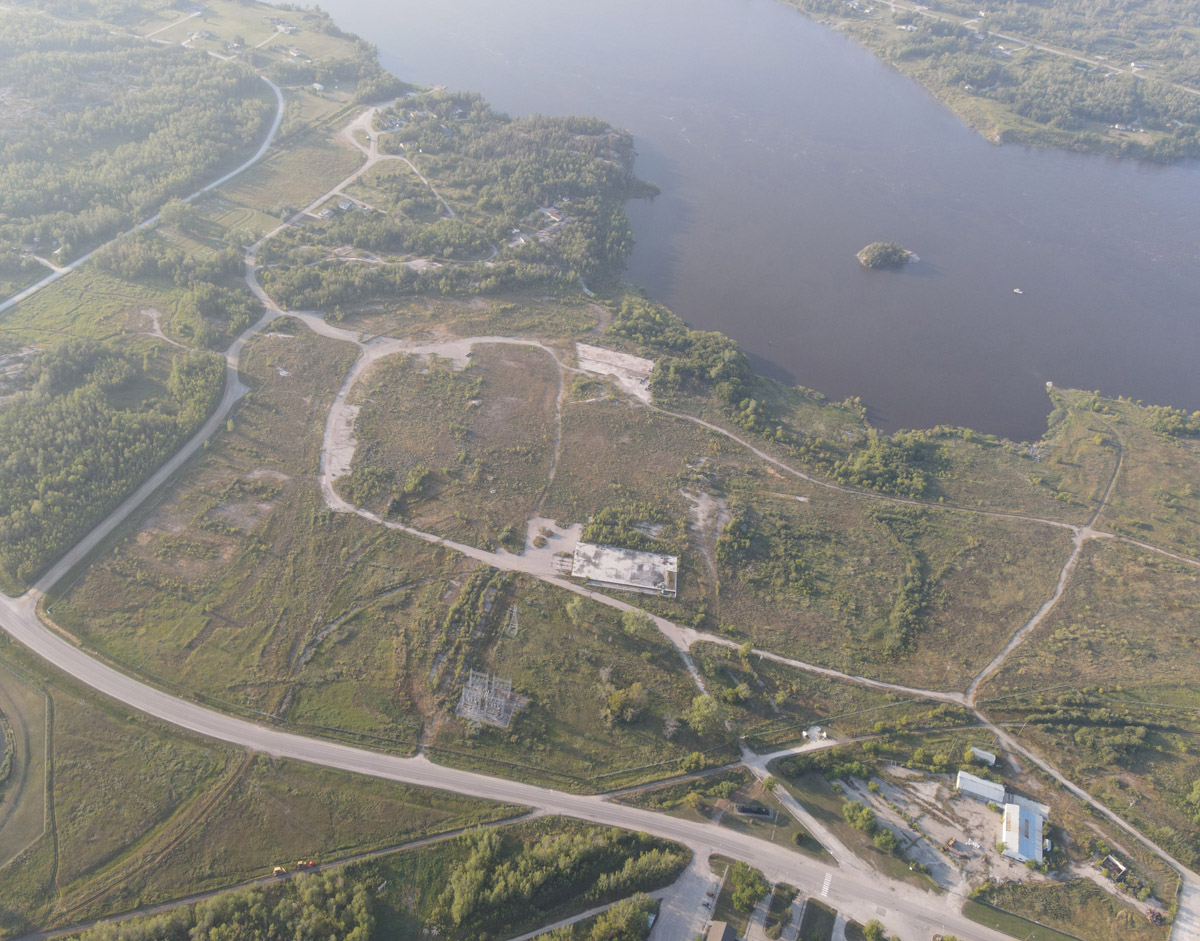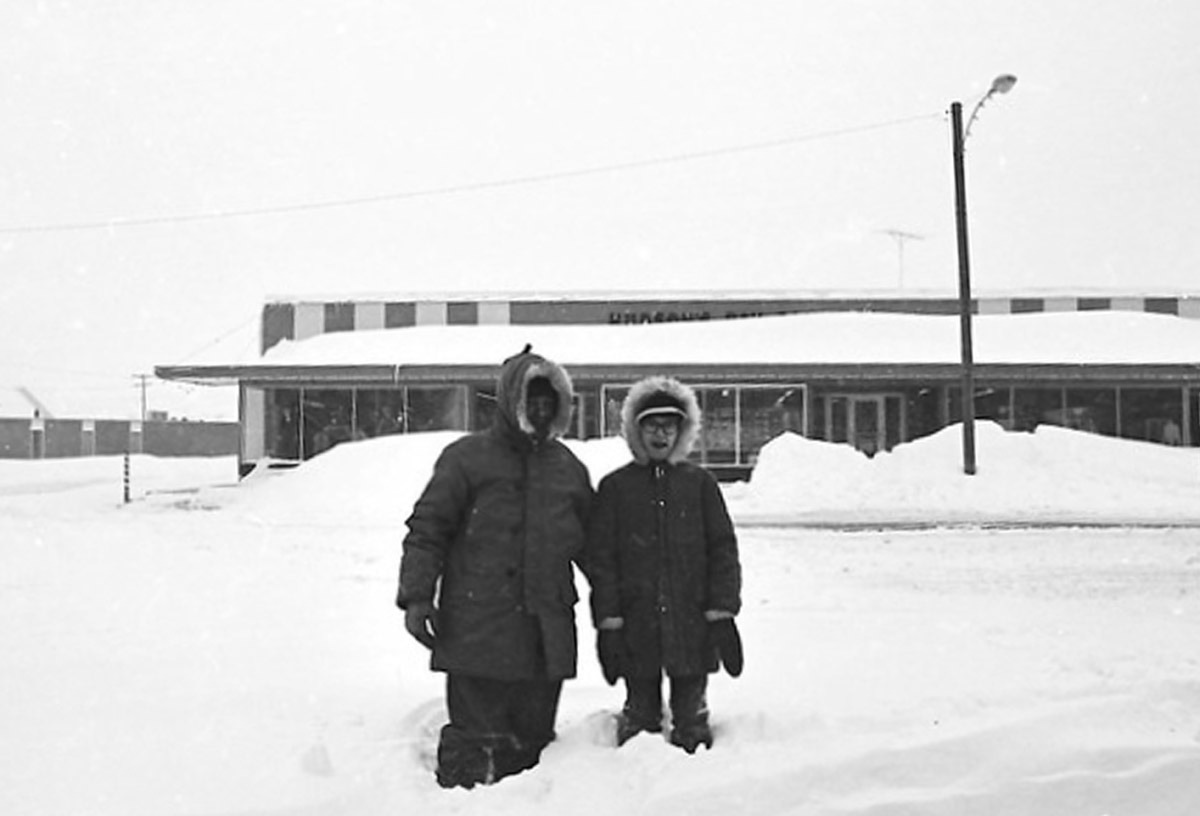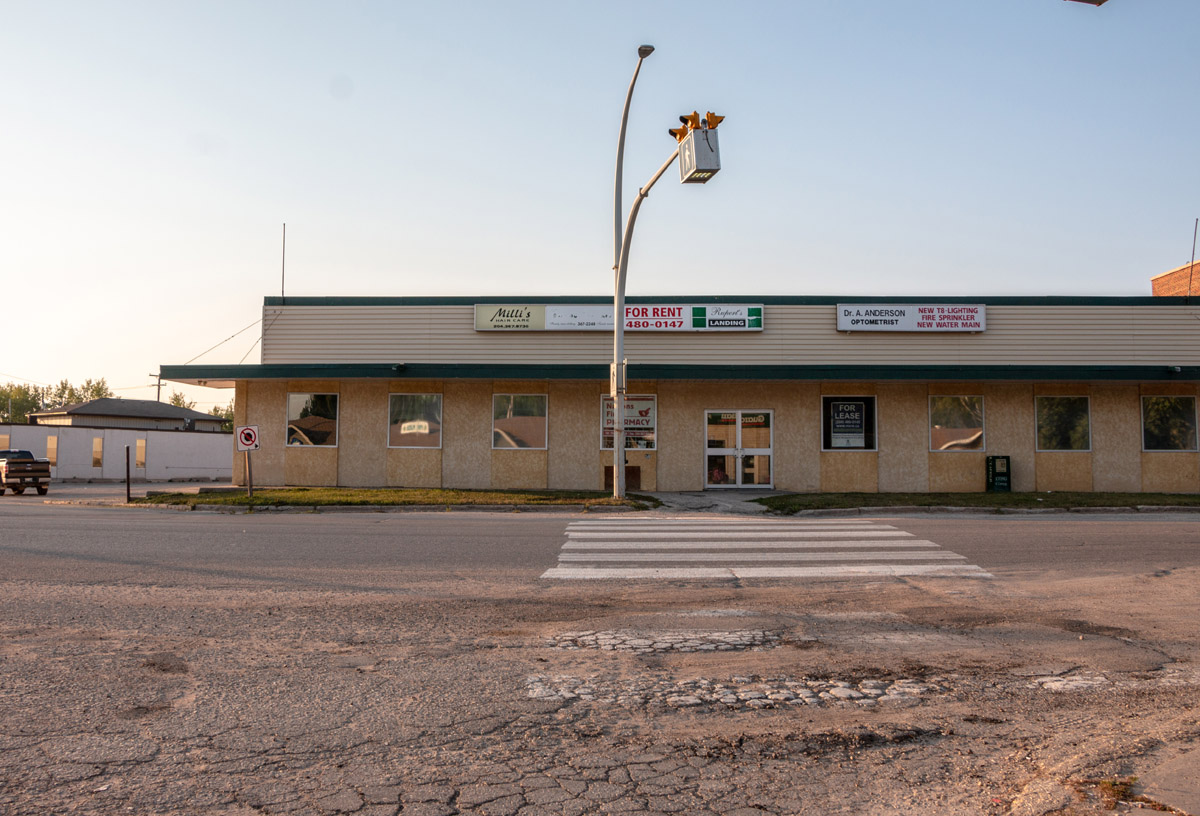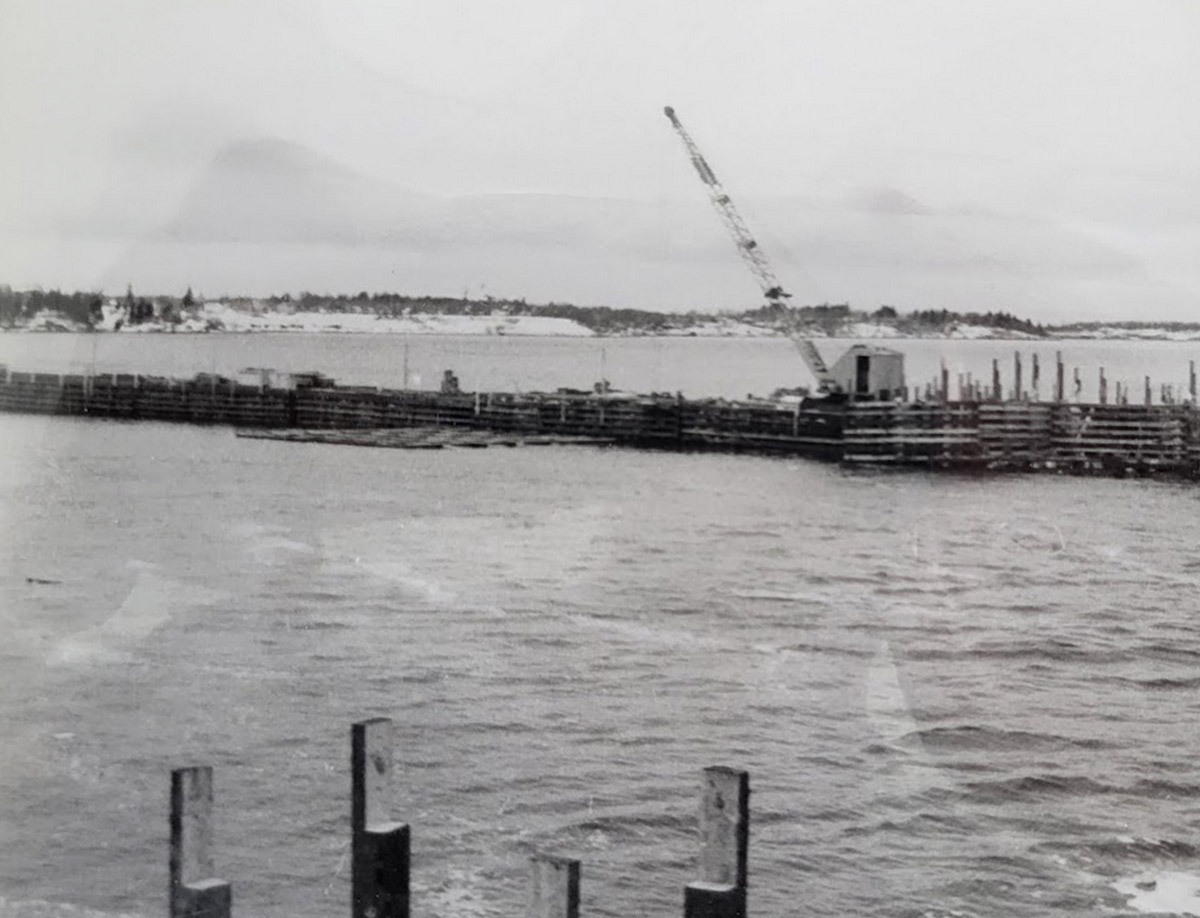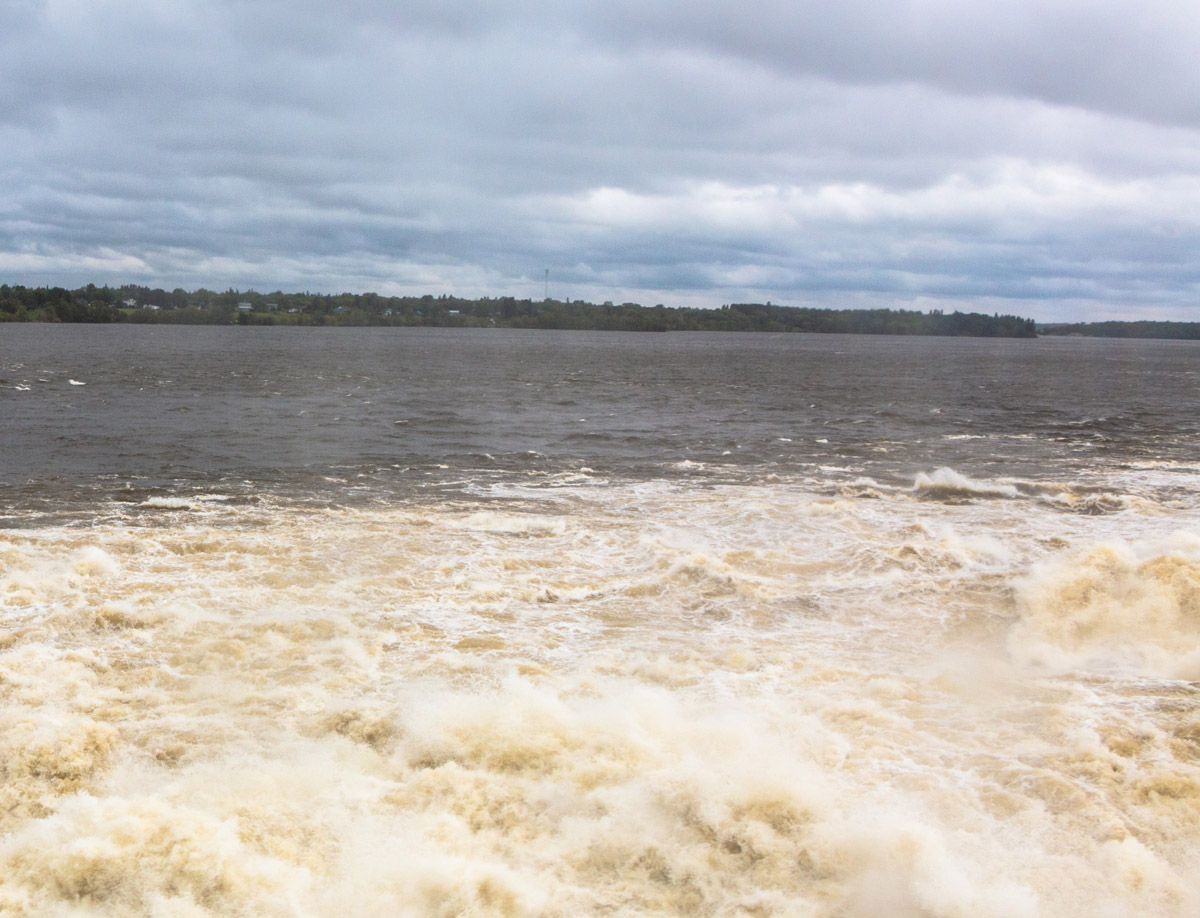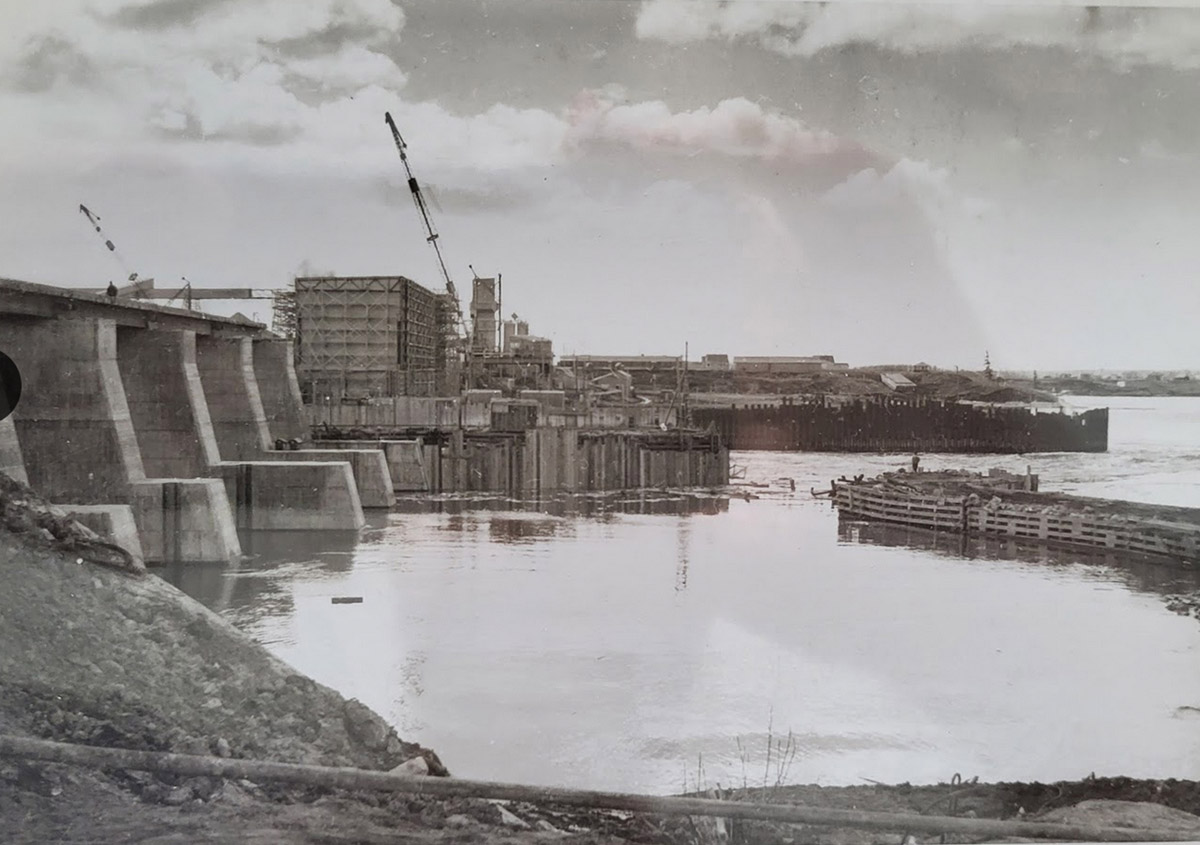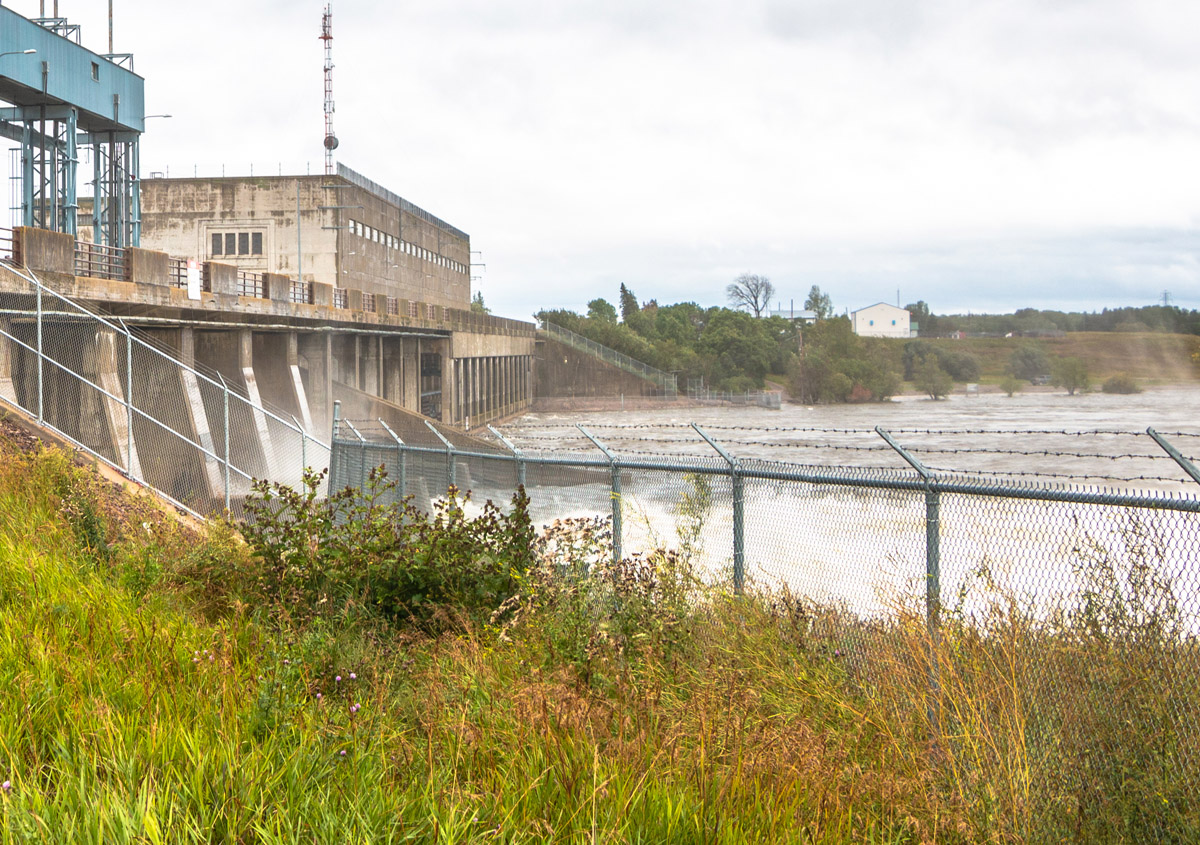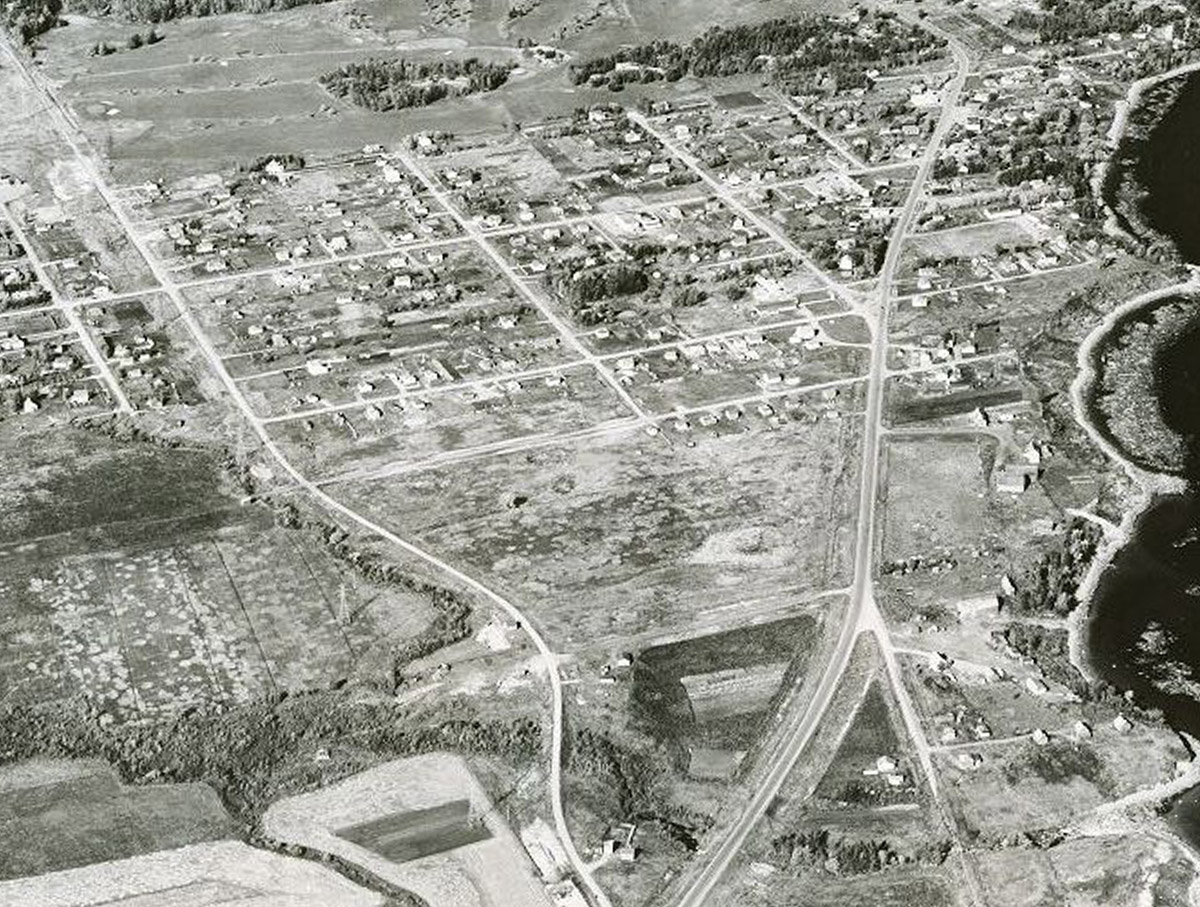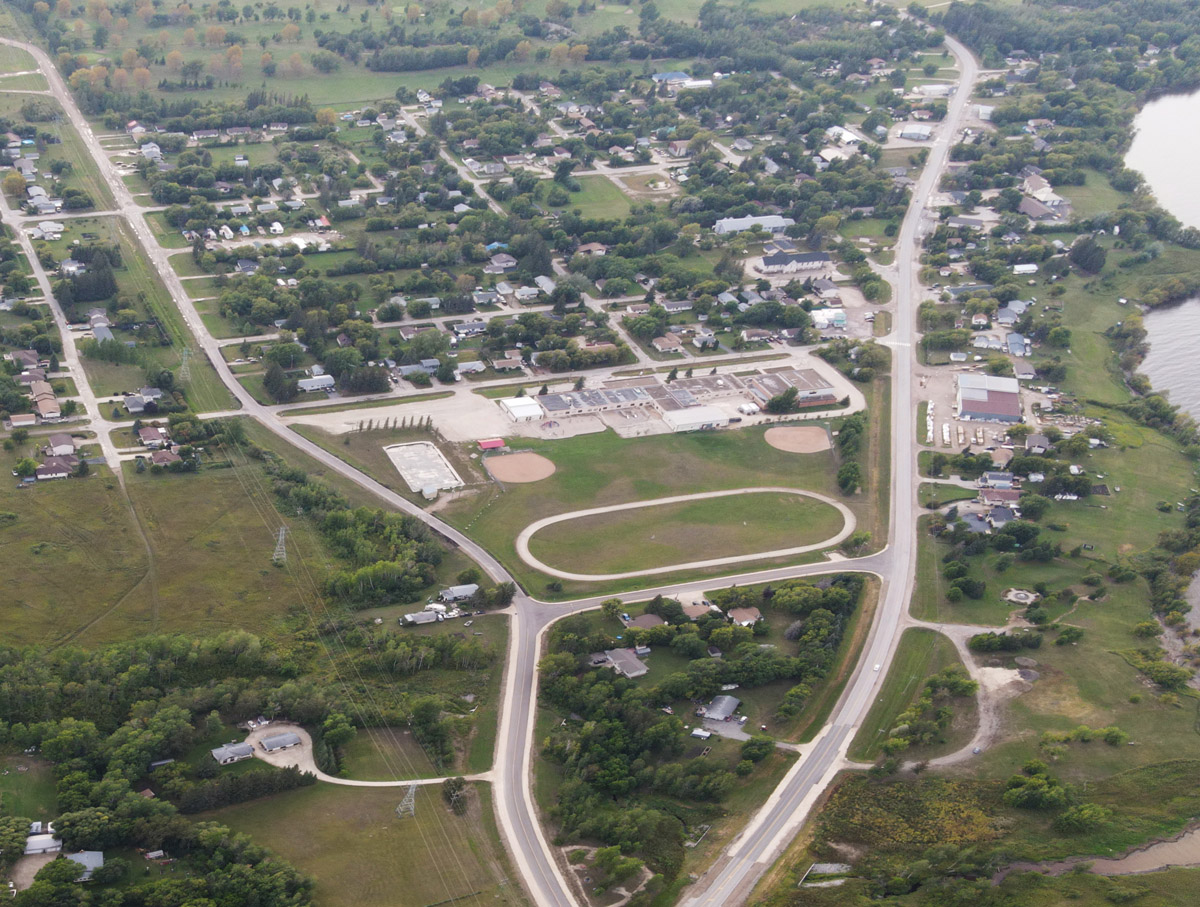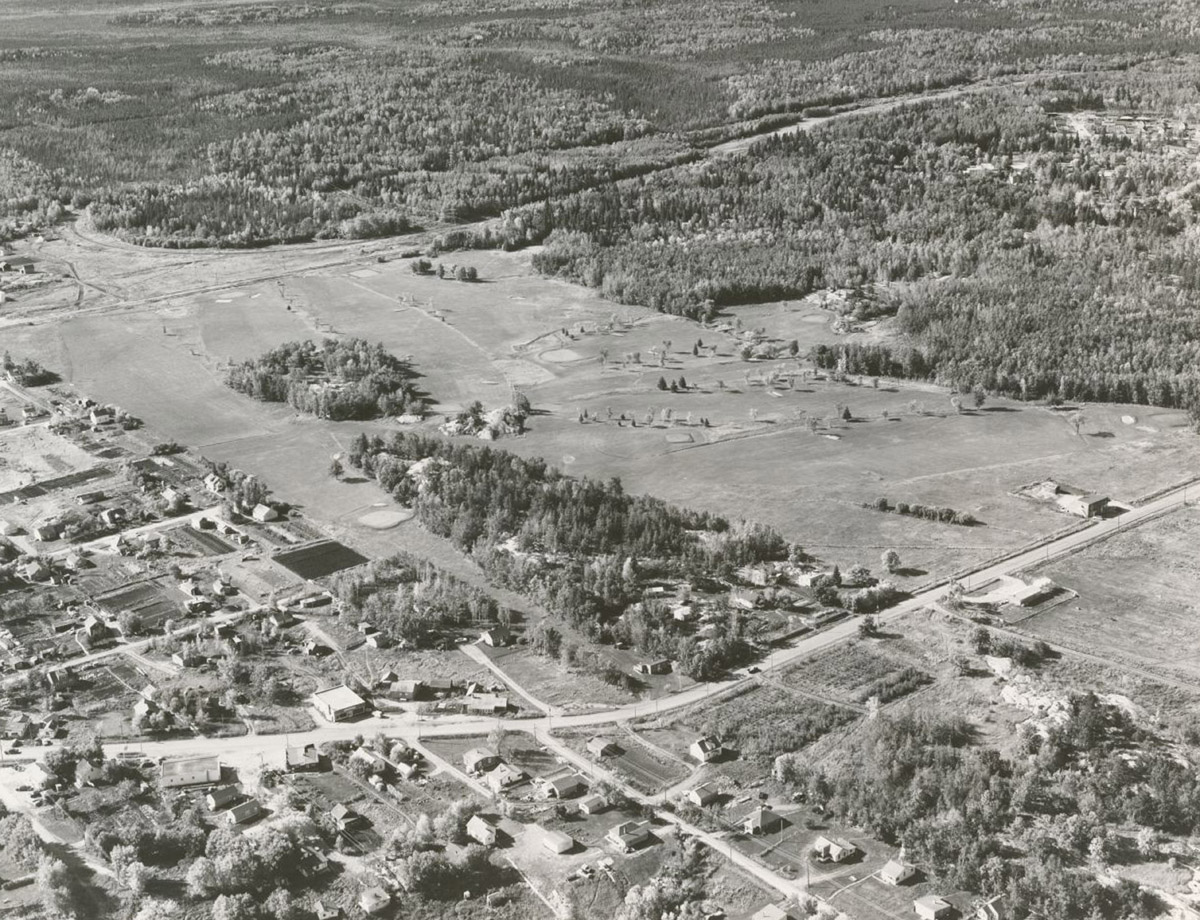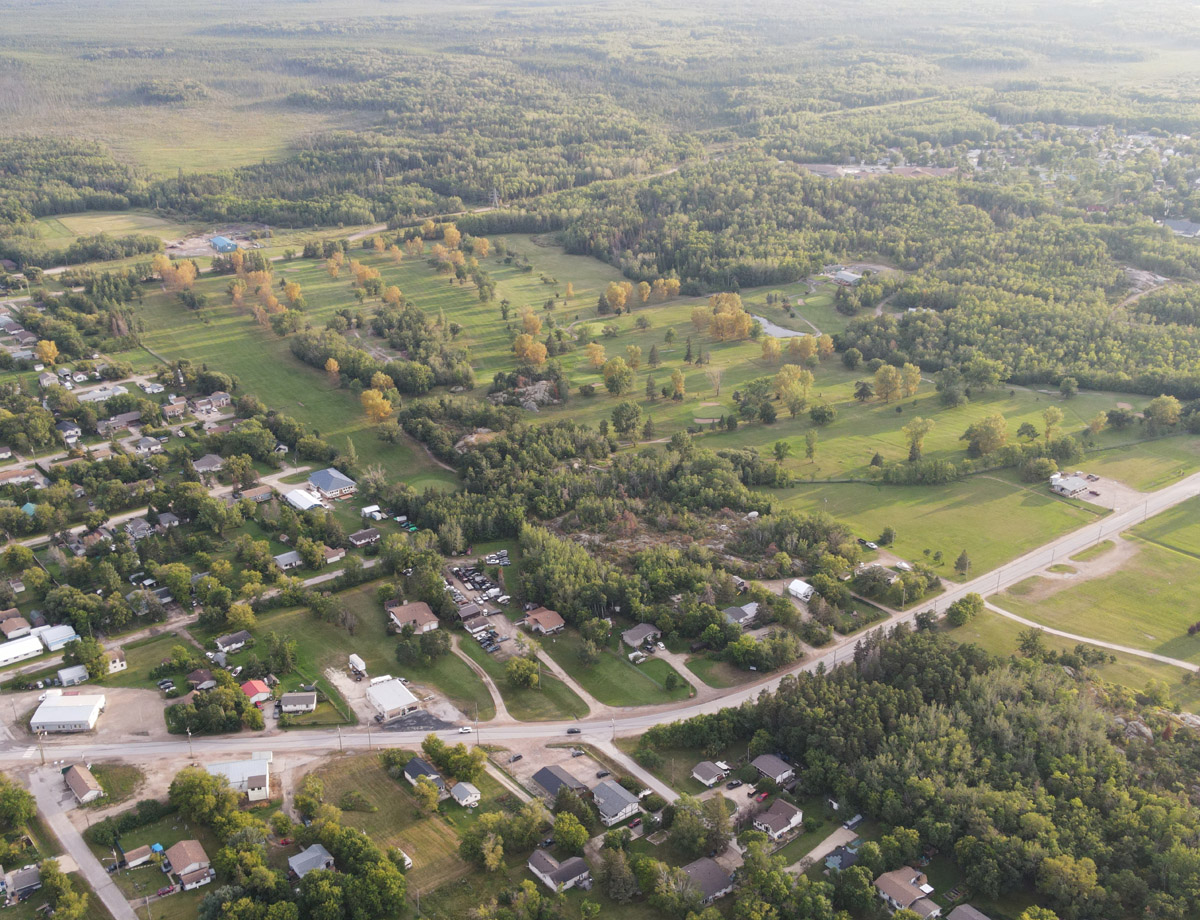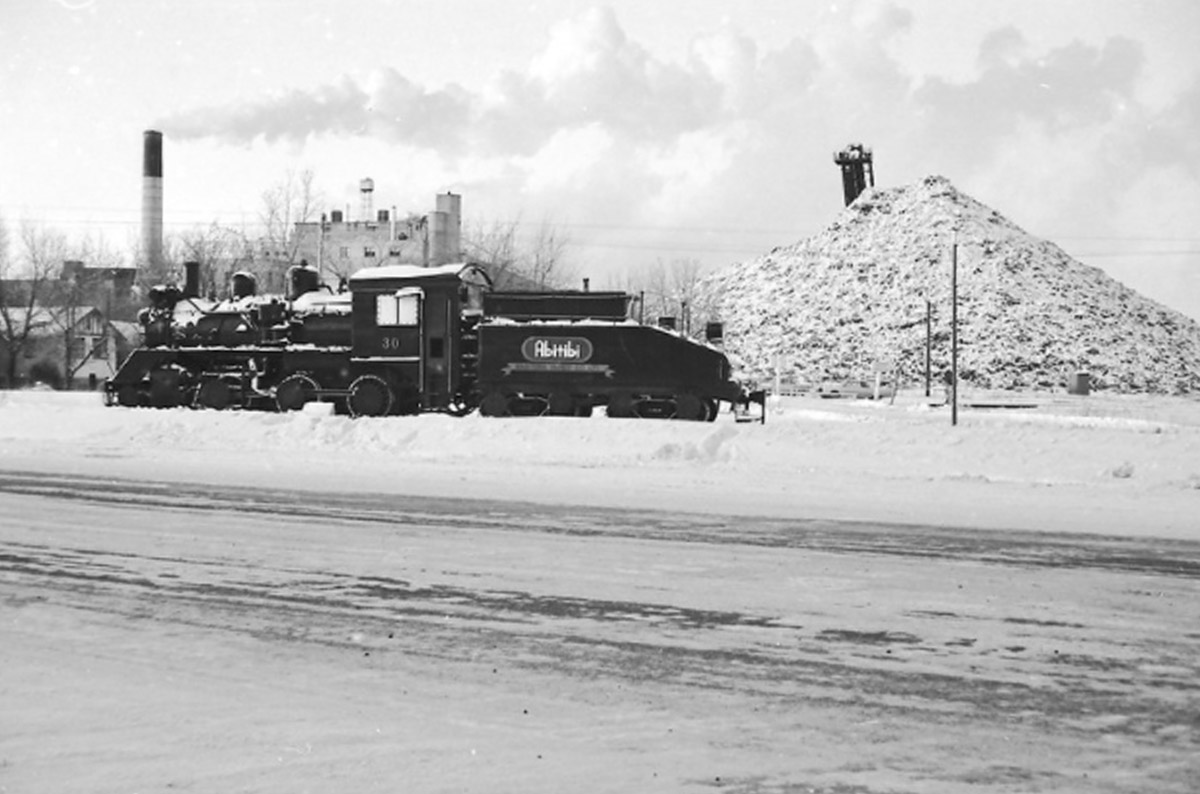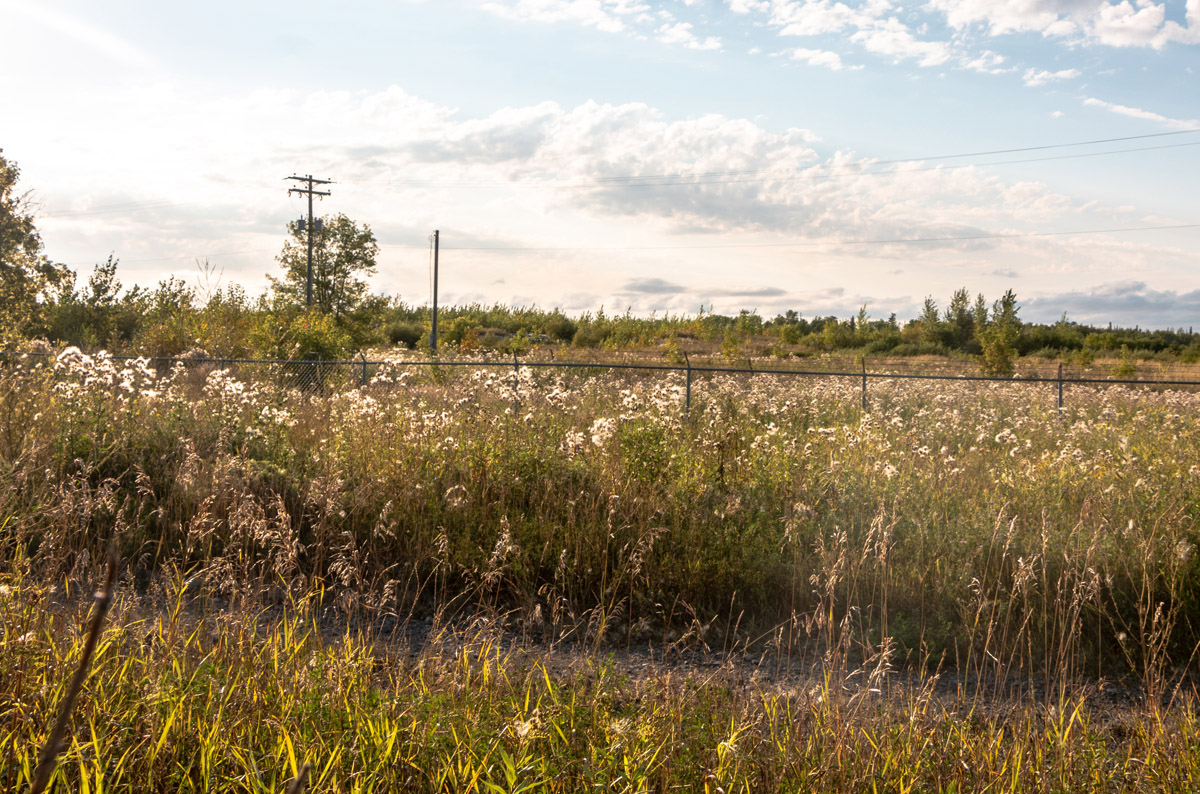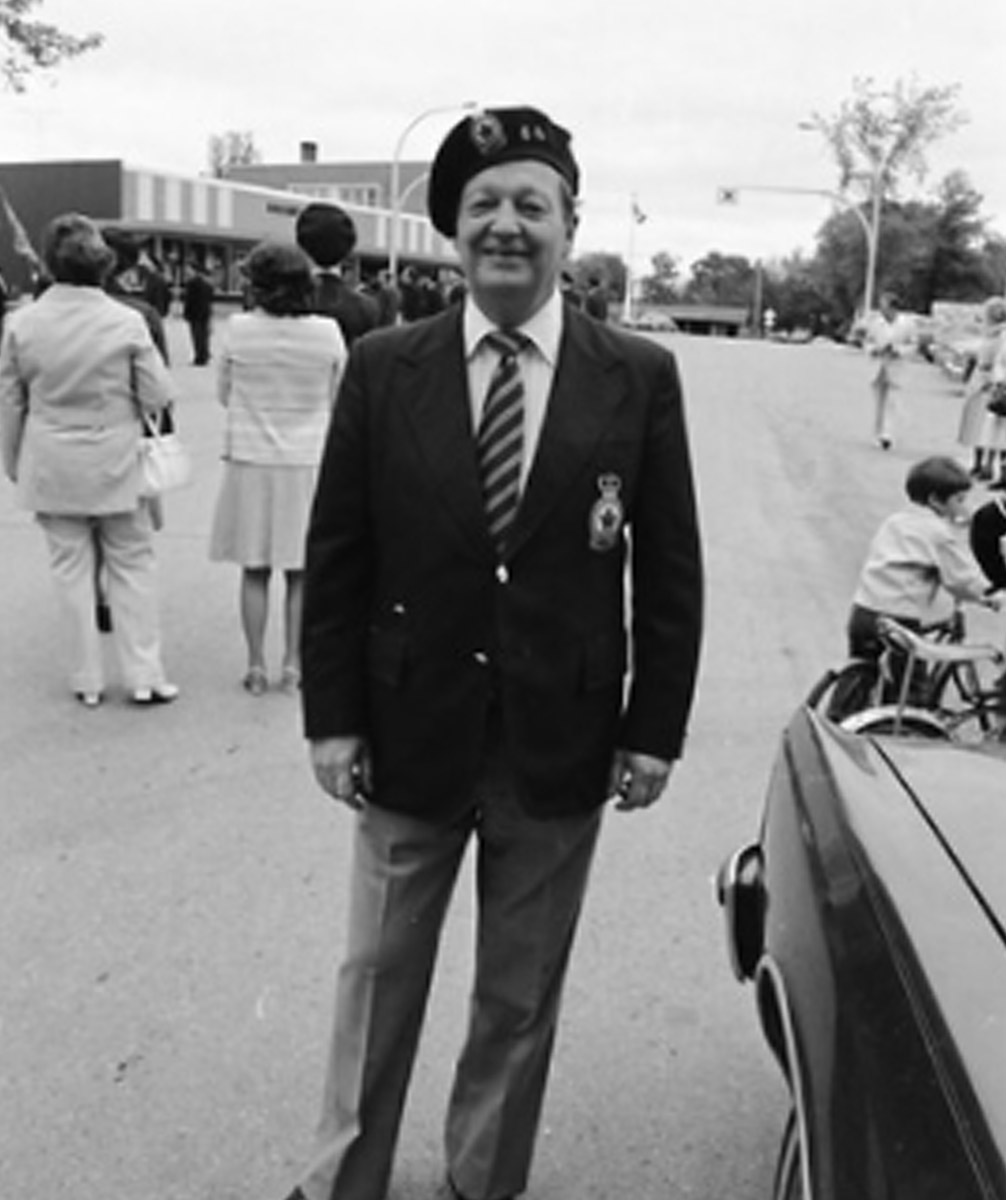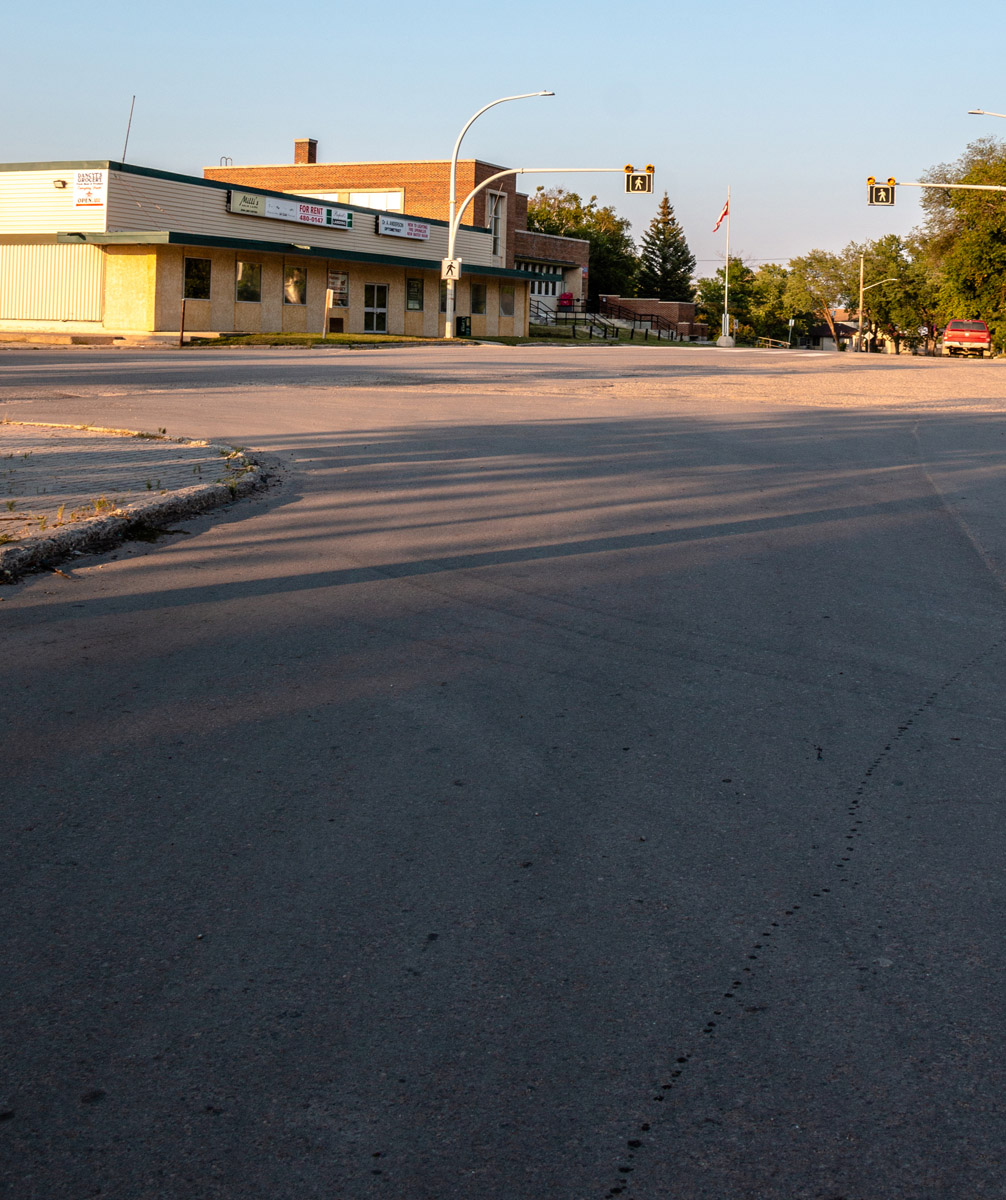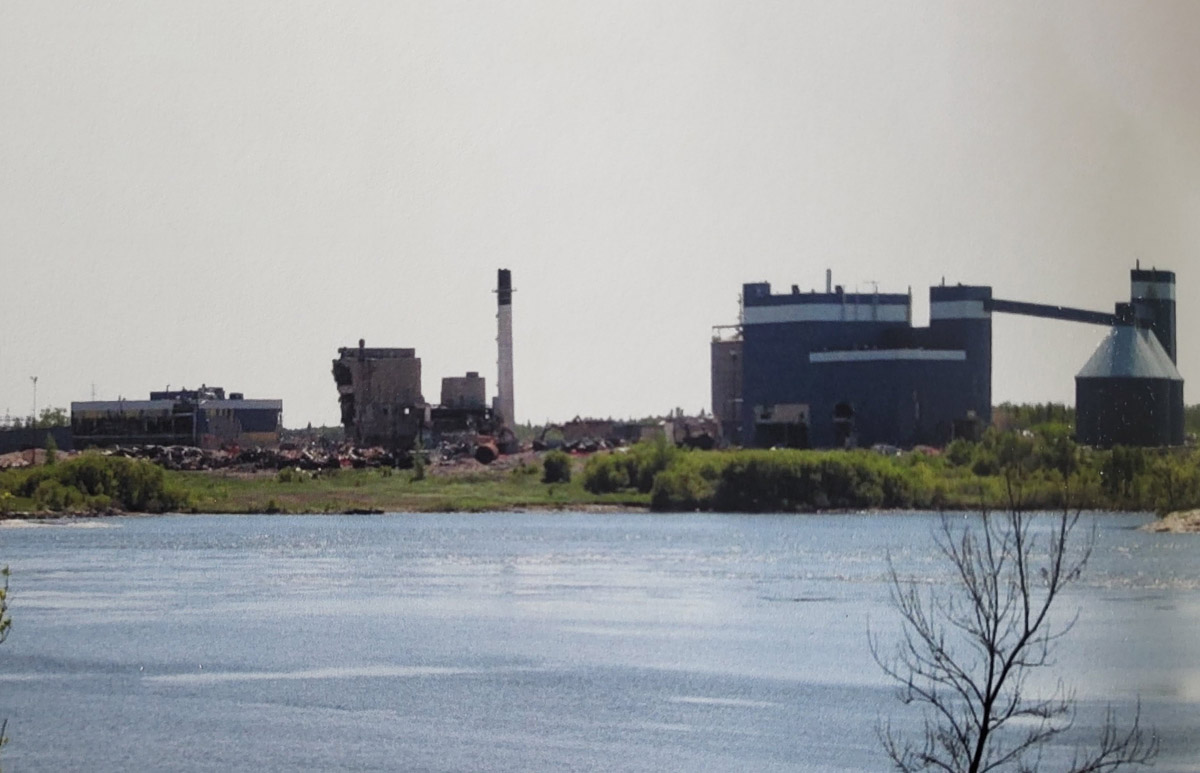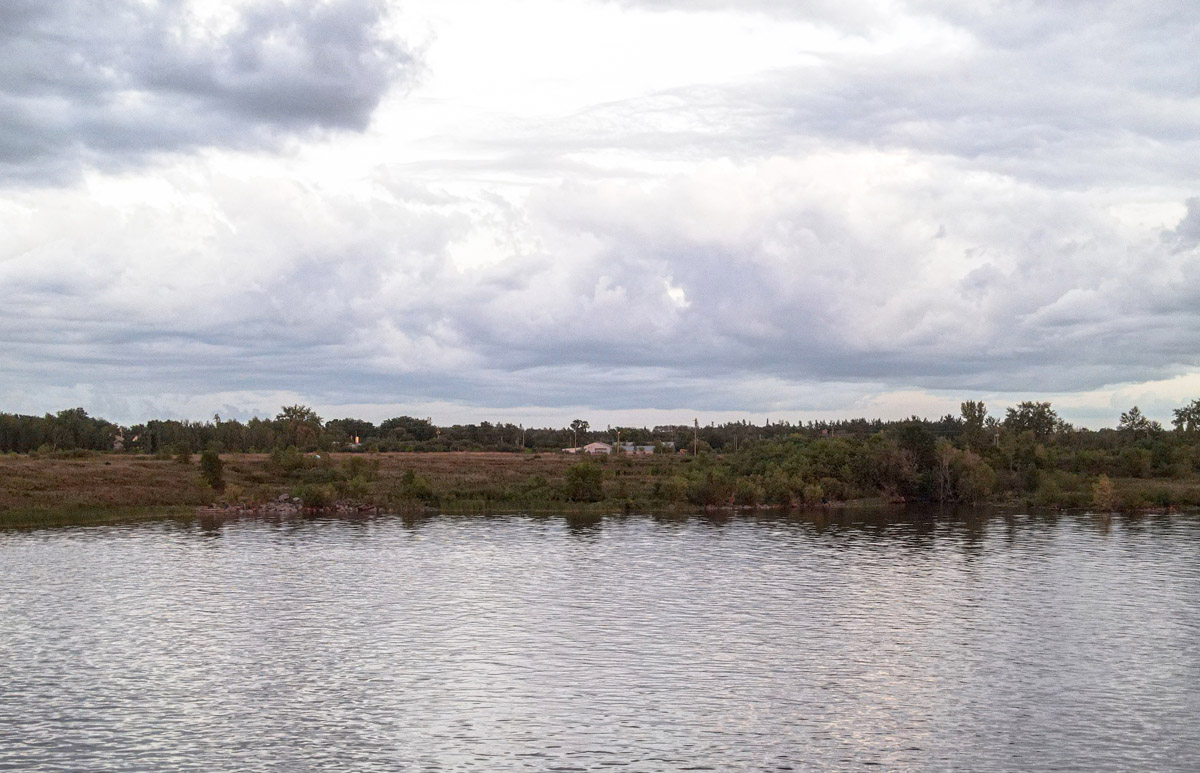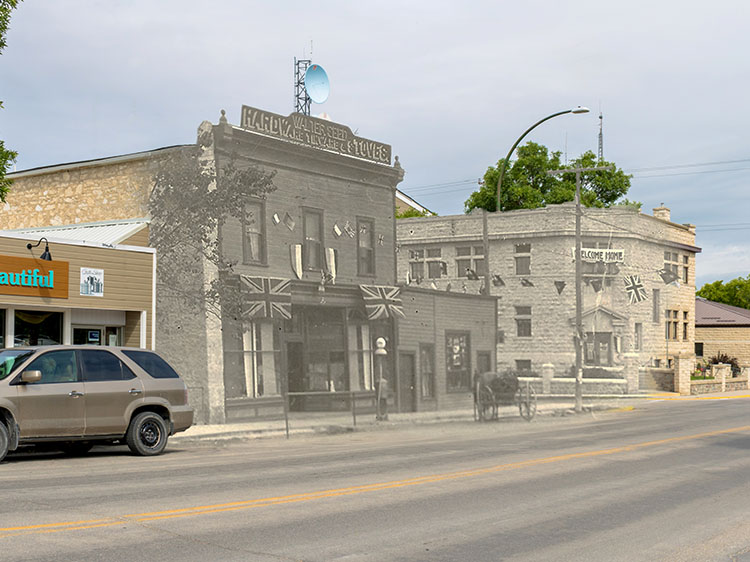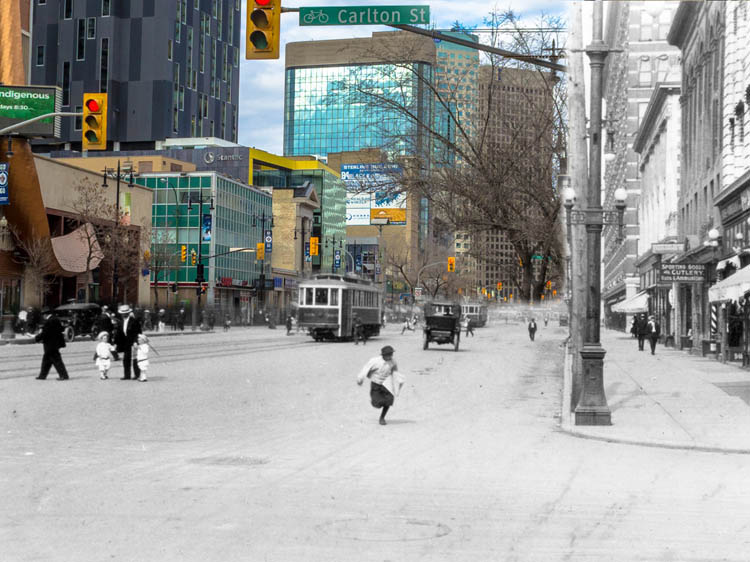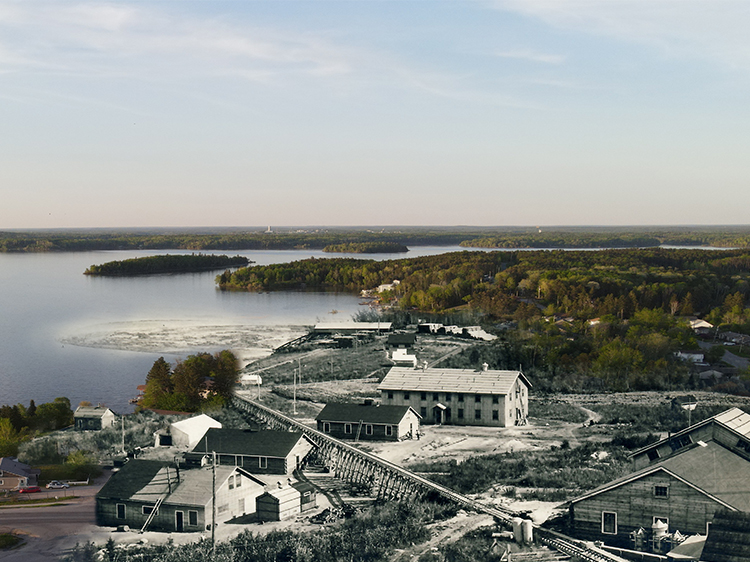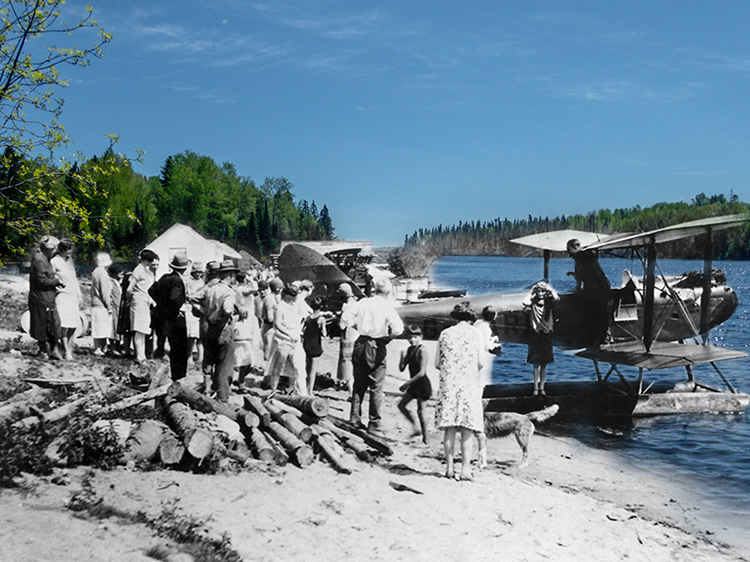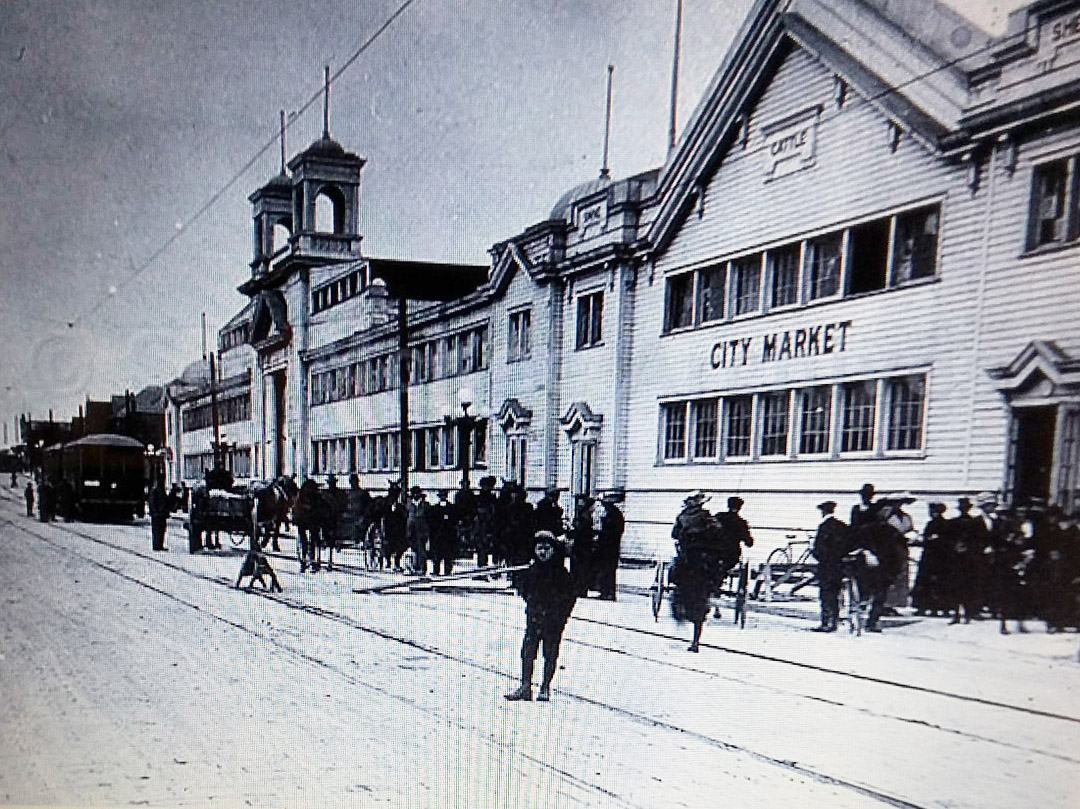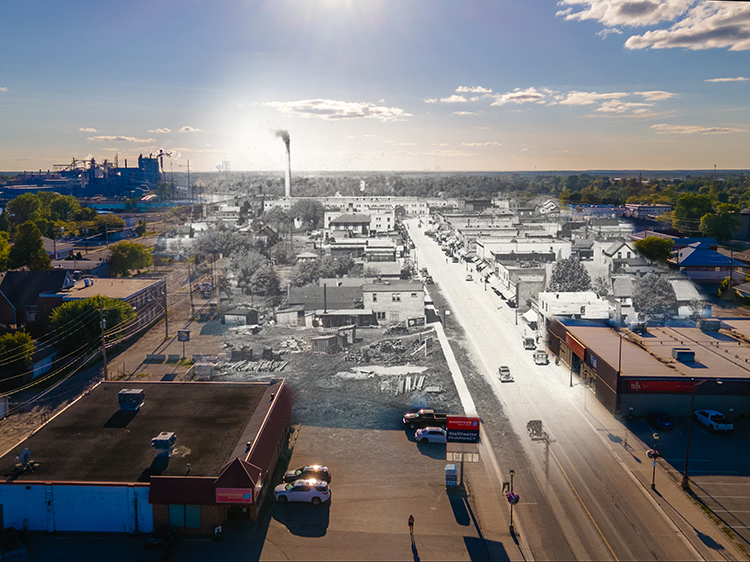Partner City
Powerview-Pine Falls
Garden in the Wilderness
Powerview and Pine Falls are twin communities on the banks of the Winnipeg River that were amalgamated in 2005. The Winnipeg River has been a highway for Indigenous peoples since time immemorial. In the 17th and 18th Centuries French and Scottish fur traders passed through this area, using the same route to reach Lake Winnipeg and the vast river network that lay beyond. They established a small fur trading post, Fort Alexander, a short distance upriver. The modern history of these two towns only began in 1925, when John D. MacArthur purchased this land with the view of setting up a pulp and paper mill. Working with his partner, George Mead, he envisioned a meticulously planned community to house the mill's workers, that would employ all the latest developments in urban planning, and offered the inhabitants access to every modern amenity and convenience. Pine Falls, as they called it, was to be a harmonious and prosperous community with the newly created Manitoba Paper Company at its heart. As demand for paper grew, so too did the mill's demand for workers. Following the Second World War, the population had outgrown the carefully surveyed boulevards of Pine Falls, and people began settling just up the road, near the Manitou Rapids. A hydroelectric dam on the rapids was completed in 1952, providing power to the burgeoning mill. The dam also brought in a further influx of workers who settled just adjacent to it. In 1951 enough people called this place home that they amalgamated as a separate community which they christened Powerview. Over the coming decades the fortunes of the wider global economy, and therefore the mill, dictated the prosperity of the two towns. Though their economic fortunes waxed and waned, they entered an unarrestable decline after the 1960s. By the 1990s, the purchase of the mill by Tembec Industries made it clear that the pulp and paper industry in this region was on its last legs. In response the towns of Powerview and Pine Falls amalgamated into a single hyphenated town in 2005. The mill finally shut its doors for good, and was demolished in 2009. Today little remains of it except the concrete pads upon which so many industrial buildings once stood. In the decade since the town of Powerview-Pine Falls has weathered the devastating economic hit, and successfully pivoted towards tourism (it's the Walleye Capital of Manitoba). It's also become a regional services hub for the wider Rural Municipality of Alexander. Today in Pine Falls the many elegant and architecturally distinct homes of the mill workers, and the unique acorn-shaped street layout, testify to the town's origins as a thoroughly modern planned community.
This project is a partnership with the Town of Powerview-Pine Falls and was funded by a grant from the New Horizons for Senior Program. We'd like to thank the residents of Powerview-Pine Falls for their stories and input, and we'd especially like to thank Heather Chevrefils, Assistant Chief Administrative Officer of Powerview-Pine Falls, who shepherded the project from inception to completion and made major contributions to the content.
We acknowledge that Powerview-Pine Falls is on ancestral lands, Treaty 1 Territory, traditional territory of the Anishinaabeg, Cree, Oji-Cree, Dakota and Dene Peoples, and on the homeland of the Metis Nation.
Tours
Explore
Powerview-Pine Falls
Then and Now Photos
The Early Mill
Powerview-Pine Falls Facebook Group
ca. 1920s
This photo appears to have been taken during the first few years of Pine Falls’ existence and shows an assortment of long and low industrial buildings. As the community evolved, many of these early buildings were replaced with more permanent solutions.
Log Booms in the River
1926
Taken on October 4 1926, this view across the Winnipeg River from Pine Falls has scarcely changed over the last almost one hundred years – nor have the spectacular sunsets!
Ploughing a Road
ca. 1920s
Teams of horses lead a plow along Maple Street in Pine Falls during the late 1920s, when the townscape was being literally carved out of the wilderness. Although the townsite reflected some of the latest trends in urban planning, its construction was still facilitated by horse-drawn implements – much as other western towns were a generation earlier.
Brand New School
1927
Pine Falls’ Public School enjoys a commanding presence in this photograph, taken on Labour Day in 1927. The neo-classical school building was almost brand-new, having been opened in 1926. It would undergo alterations and expansions over the years, and served students until closing for good in 2007.
Kids in Winter
1929
A group of students pose for the camera in Pine Falls at some point during the winter of 1929. They are assembled on Walnut Street, steps away from the three year-old Pine Falls Public School.
Kids on the Steps
Powerview-Pine Falls Facebook Group
ca. 1930s
Students assemble on the steps of Pine Falls’ Public School for a class photo at some point during the 1930s. Note the school uniforms worn by the boys and girls in this picture.
Class in 1930
Powerview-Pine Falls Facebook Group
1930
Students assemble for a class photo on the front steps of Pine Falls’ public school during the winter of 1930. Opened for class in 1926, the neo-classical building underwent several additions and closed in 2007.
Rowing Regatta
Powerview-Pine Falls Facebook Group
1932
Children and adults gather on a ramshackle-looking dock to take in what looks like a rowing regatta during the summer of 1932. Canoeists moored to the left of the dock appear ready to shove off, while to the right an early motorboat awaits its next outing. This dock appears to have only been a temporary fixture and has long since disappeared.
Pine and Tamarac
ca. 1930s
This view was captured at the junction of Pine Street (Highway 11) and Tamarac Street, looking southwest. Many of the early buildings have long since been replaced; the Royal Canadian Legion branch has made its home on this property since 1951.
Maple Street
ca. 1930s
An industrial water tower connected with the Abitibi Paper Co. dominates the skyline in this early view of Maple Street, looking northwest. On the left, partially hidden by foliage, is the Chateau – a unique facility that combined a bowling alley, cinema, and wedding venue under one roof.
A Skilled Golfer
Powerview-Pine Falls Facebook Group
1928
An experienced golfer demonstrates his skill for a crowd of onlookers at some point in 1928. This tee pad was situated almost immediately beside the present-day Pine Falls golf links clubhouse.
Watching Golf
Powerview-Pine Falls Facebook Group
1931
For many years, the centrepiece of the Pine Falls golf course consisted of a simple clubhouse atop a rock outcropping that afforded members an expansive view of the surrounding greens and fairways. Although the building shown in this 1931 view has since been replaced, its successor continues to be a gathering point for locals and visitors who make the golf links their destination.
Raising the Flag
Powerview-Pine Falls Facebook Group
1931
Members of the Pine Falls golf club assemble for a flag-raising ceremony at some point in 1931. The original clubhouse, perched atop a rock outcropping, was later replaced with a larger facility boasting a dining room and elevated deck.
Town and River
ca. 1930s
This aerial shot of the Winnipeg River looking northwest shows Powerview in the foreground, and Pine Falls nestled behind the trees just beyond the golf course. Note the Manitoba Paper Company’s vast mill facility on the outskirts of Pine Falls proper.
View down Cedar St.
ca. 1930s
The school building is visible at the end of the street
Children making their way to the Pine Falls Public School had to make use of wooden sidewalks during the early years, as this view of a yet-to-be-paved Cedar Street indicates. Today, the view of the now-abandoned school building is almost completely obscured by the leafy foliage providing ample shade to the residents of Cedar Street.
Locomotive No. 30
ca. 1940s
Locomotive No. 30 was built in 1922 by the Montreal Locomotive Works and was originally destined for use in China. Instead, it was purchased by the Abitibi Railway & Navigation Co., and used in northern Ontario through 1955 From there, it went to Pine Falls, where it was used by the Manitoba Paper Co. until 1963. The locomotive was cosmetically restored and is currently on display at the foot of Maple Street.
Hauling Logs
Powerview-Pine Falls Facebook Group
1937
Horse-drawn sleighs ferry loads of logs away from the Abitibi Paper Mill in Pine Falls during the winter of 1937.
Mill from the Northeast
ca. 1950
This aerial view of Pine Falls has as its centrepiece the Manitoba Paper Company’s enormous mill facility that dominated the landscape for over 70 years. Note the piles of sawdust immediately west of the mill as well as the web of roads and railway spur lines encircling the mill property. Today this once-mighty industrial landscape lies abandoned and overgrown.
Mill from the Air
ca. 1950
Taken from high above Pine Falls, this aerial view of the Manitoba Paper Company’s mill site shows the sheer size and scope of the operation at its peak in the late 1940s or early 1950s. Almost out of sight in the foreground is the Manitou Lodge, which opened in 1948 and was associated with the Pine Falls’ tourism and hospitality through the ensuing three decades.
A Snowy Day
ca. 1950s
Allan and Hughie Peden navigate their way through deep snow drifts in front of the Hudson Bay Company’s store in downtown Pine Falls. This building, so typical of a postwar department store, was opened in 1946 and is today home to a number of businesses. Just out of sight to the right is Pine Falls’ art deco post office, which opened for business in 1950.
Crane on a Cofferdam
ca. 1950
A crane and other equipment are pictured on a cofferdam constructed on the Winnipeg River not far from Pine Falls in the 1940s or 1950s.
Building a Dam
ca. 1950
The Powerview-Pine Falls Dam is shown here during its construction, which took place from 1949 through 1952. Note the cofferdam and various cranes silhouetted against the horizon.
Powerview Aerial
ca. 1960s
This aerial photograph of Powerview reveals a number of changes that have transpired over the years. The vast swath of land in the foreground is now home to a running track, baseball diamonds, and other sporting amenities connected with the Powerview School. Almost out of sight in the upper left are the golf links separating Powerview and Pine Falls. In 2005, the two towns were formally amalgamated as Powerview-Pine Falls.
Between the Towns
ca. 1960s
Little has changed along the road linking Powerview and Pine Falls, as these aerial views attest. The golf course remains a prominent feature in the landscape, as does Manitoba Highway 11, which becomes Pine Street upon entering Pine Falls.
Mill in Winter
1967
This Allan Peden Collection photo captures the Abitibi Paper Co. mill as it looked during the winter of 1967. Locomotive No. 30, retired from active service a few years before, sits boarded up and disused on a siding while the paper mill and block pile tower over it in the background. Note the forest fire lookout tower built atop the mill roof.
Remembrance Day
ca. 1970s
This Allan Peden Collection photo, taken at some point during the 1970s, shows veteran Fred Walsh posing adjacent to the Legion hall at Pine and Tamarac Streets during a Memorial Day parade. In the background is the Hudson’s Bay Co. store and the Pine Falls post office.
Abitibi's Demolition
2009
Pine Falls’ paper production came to an end in 2009, when the mill closed for good. Within five years, the enormous pulp and paper mill had been reduced to rubble; the once-humming site now an overgrown field.

